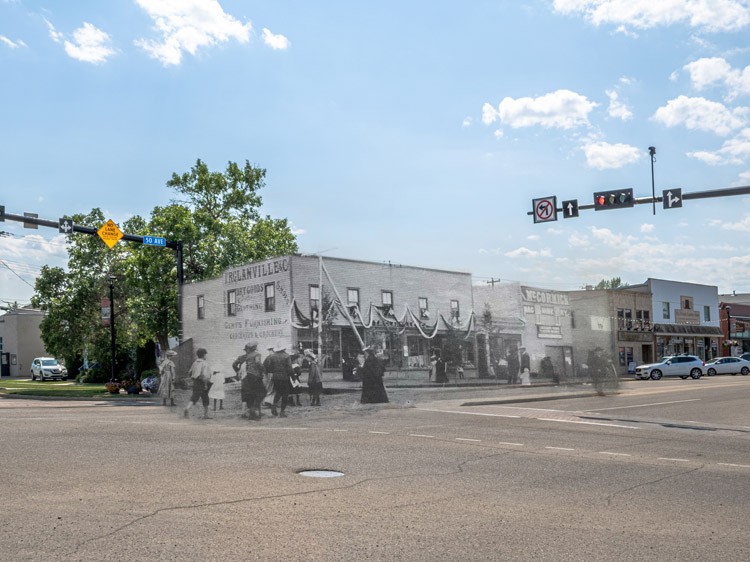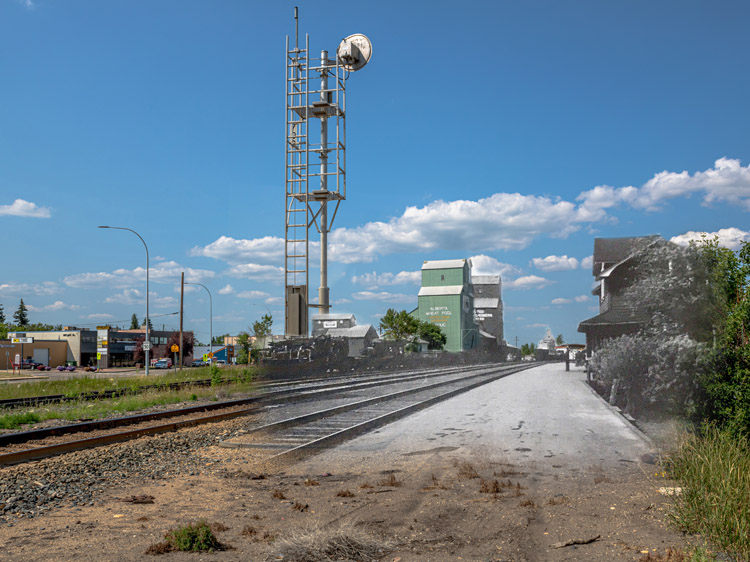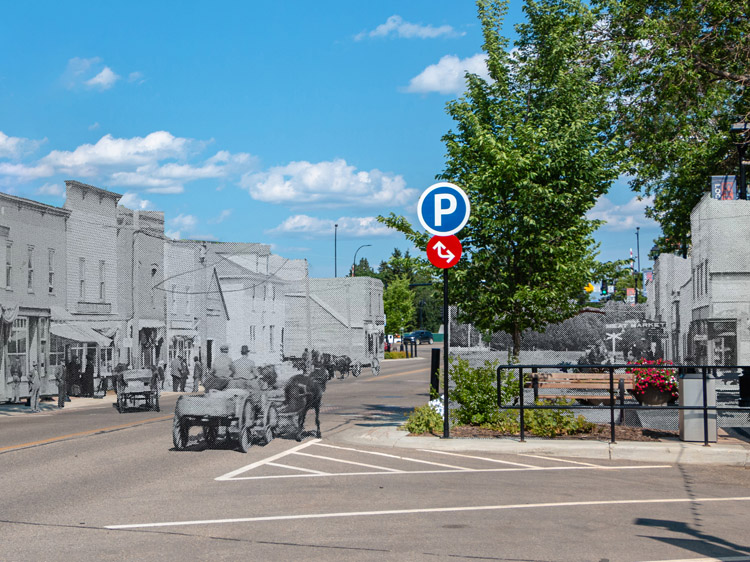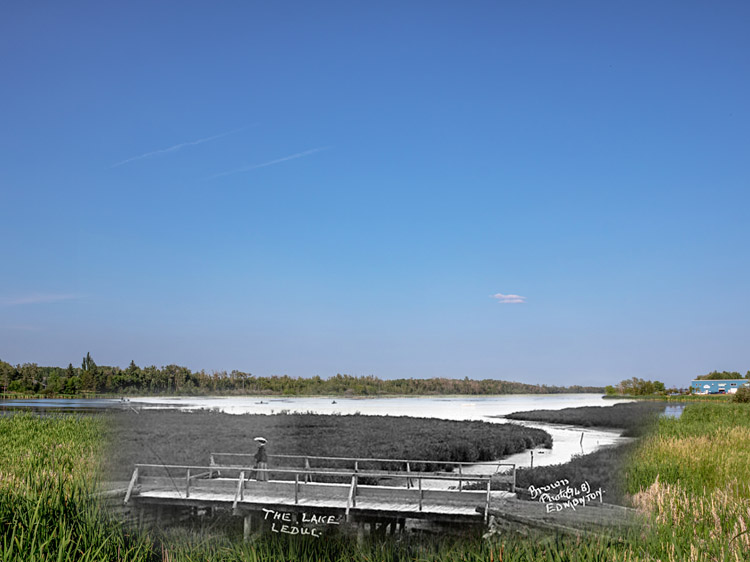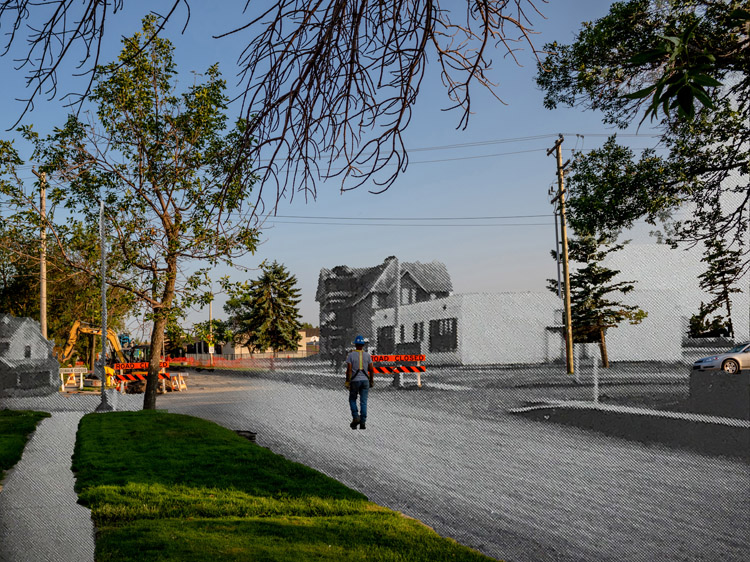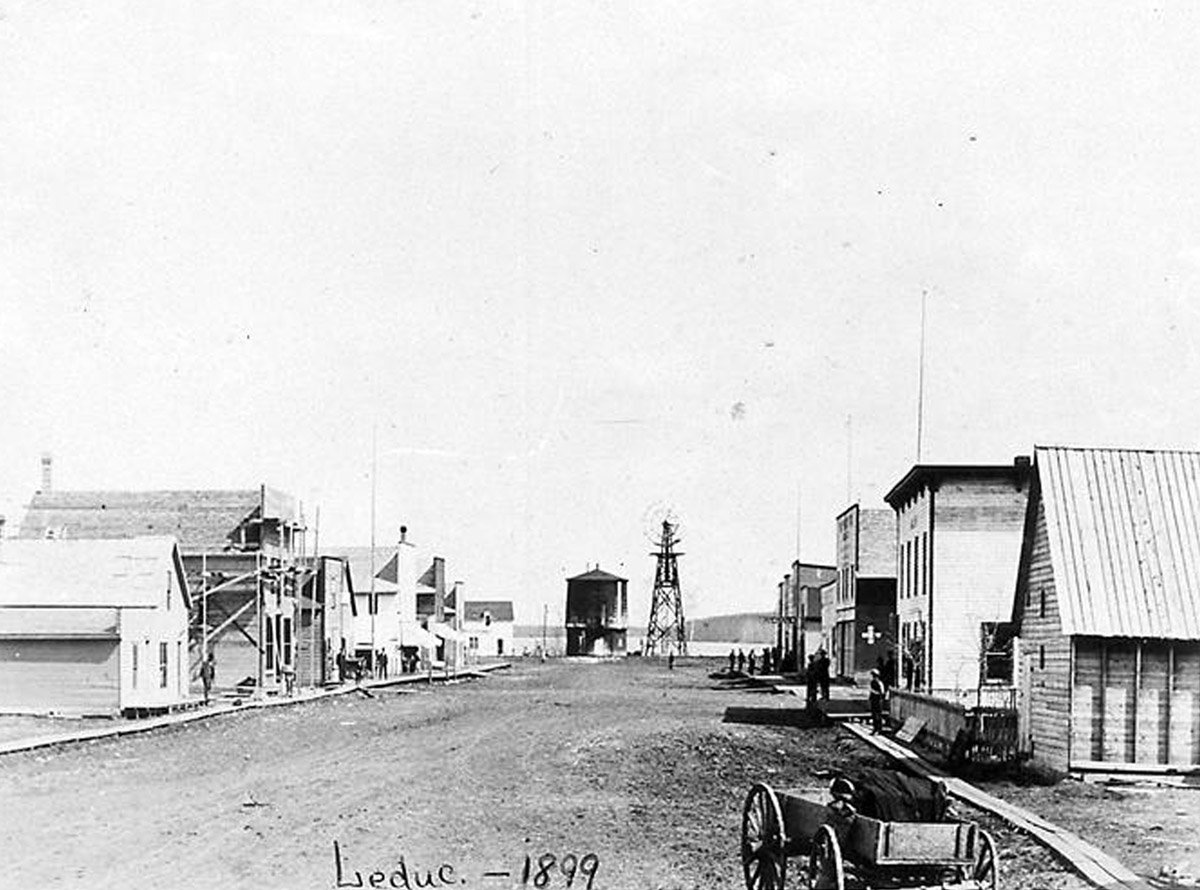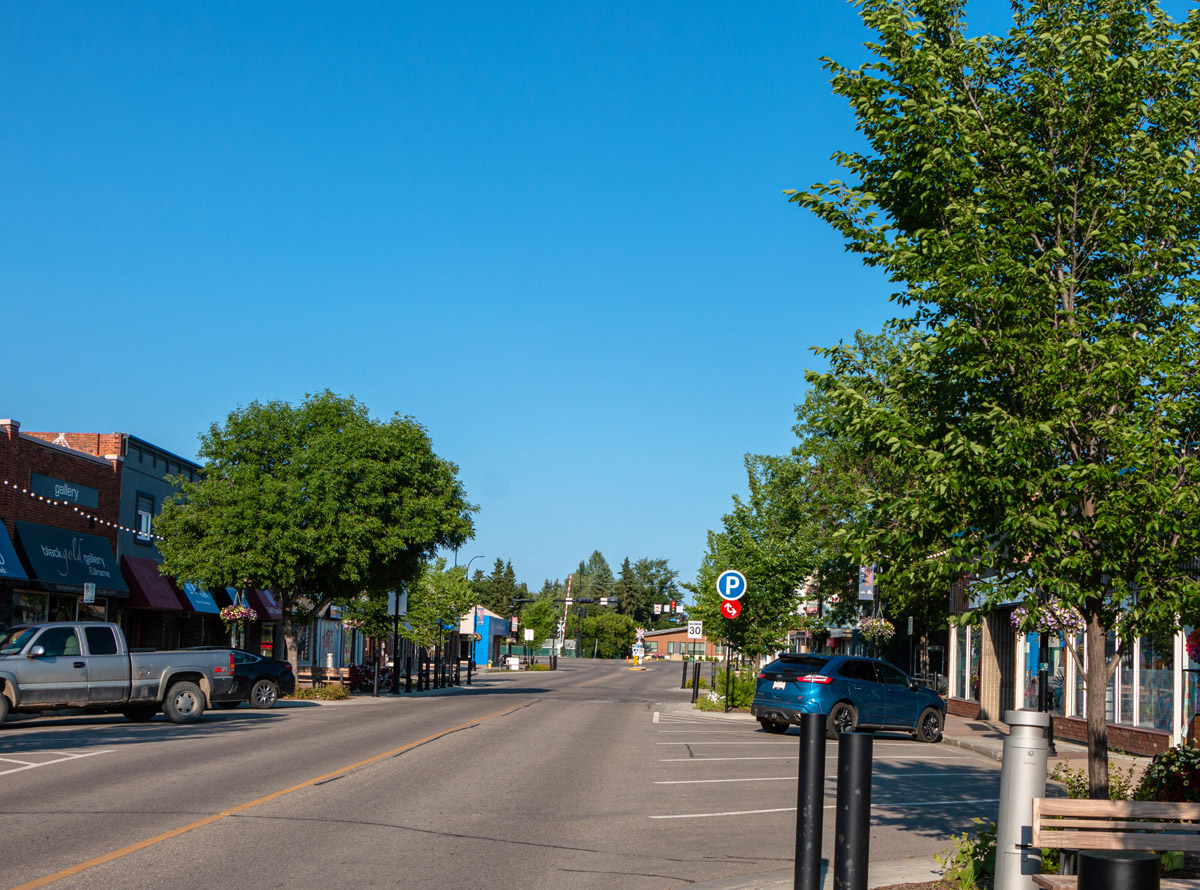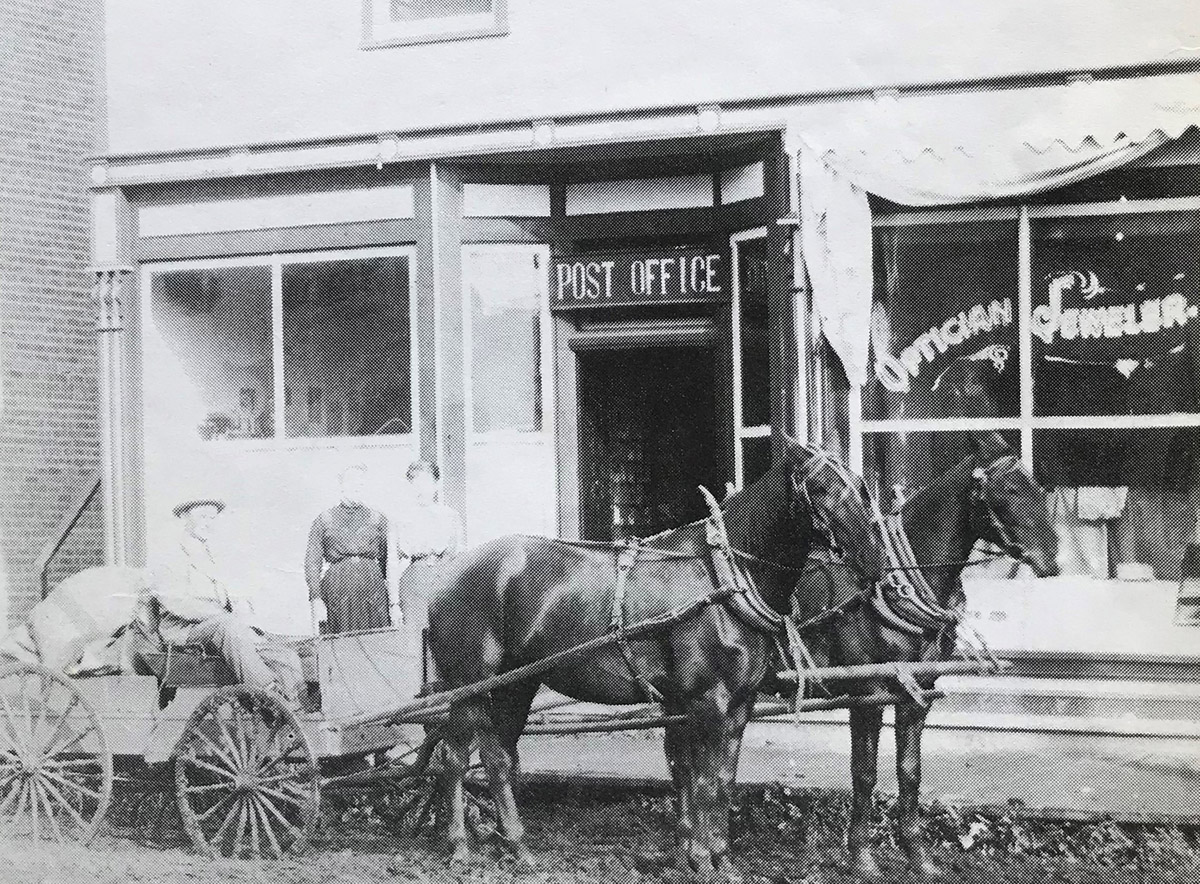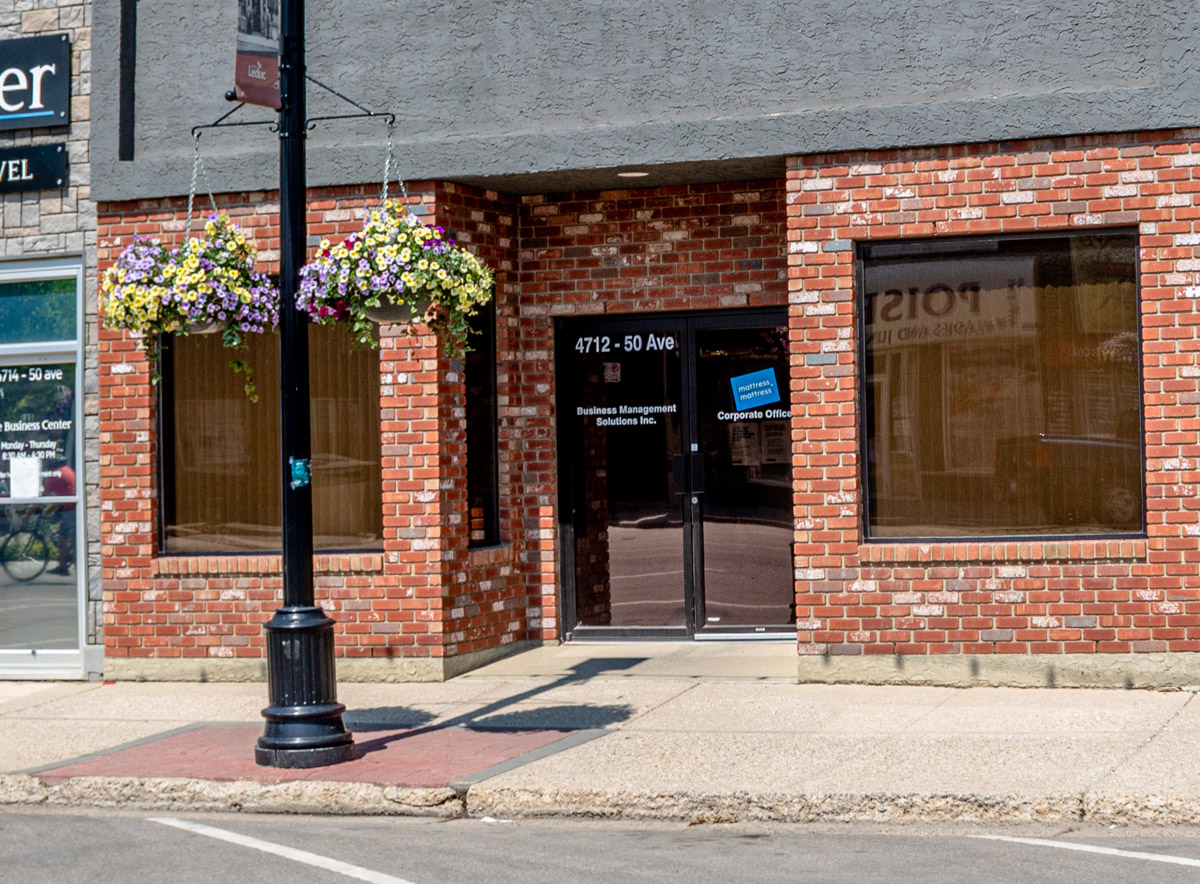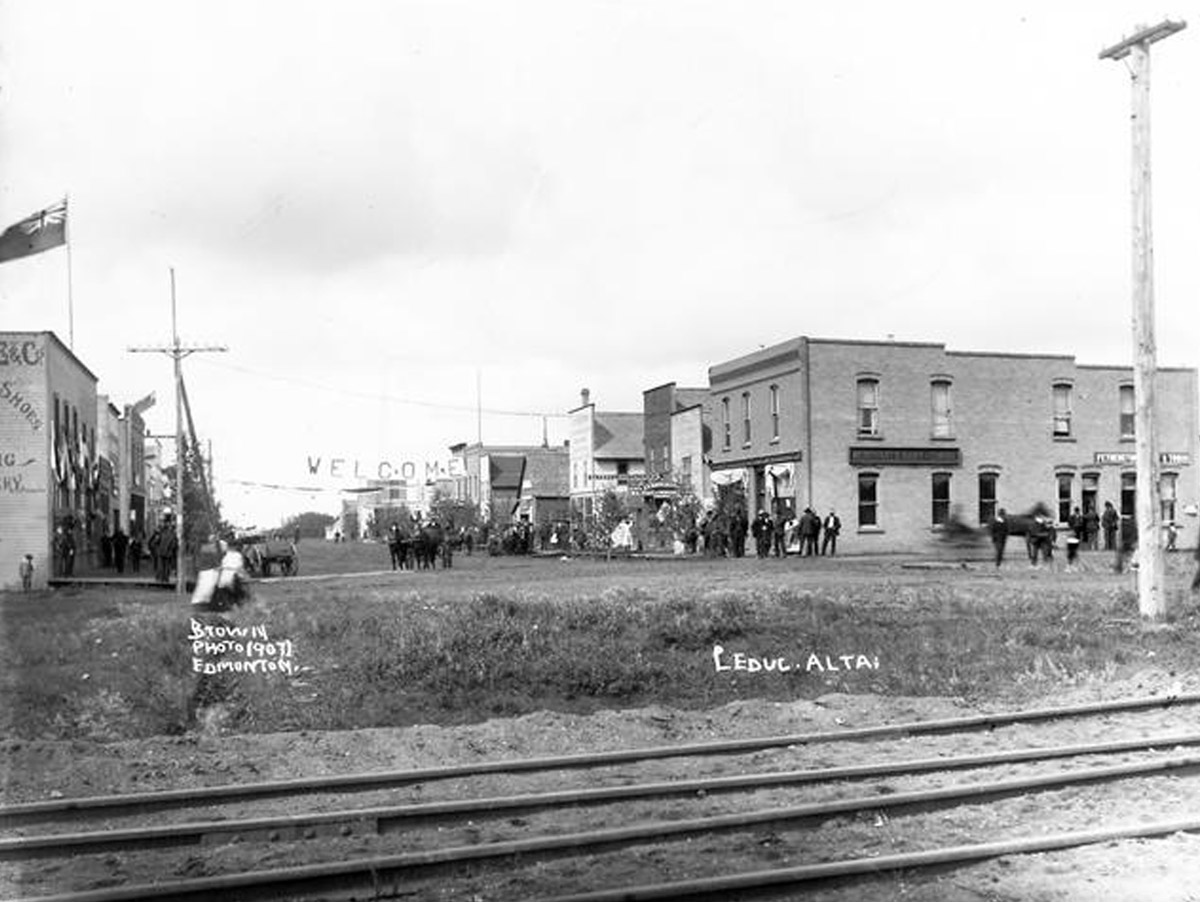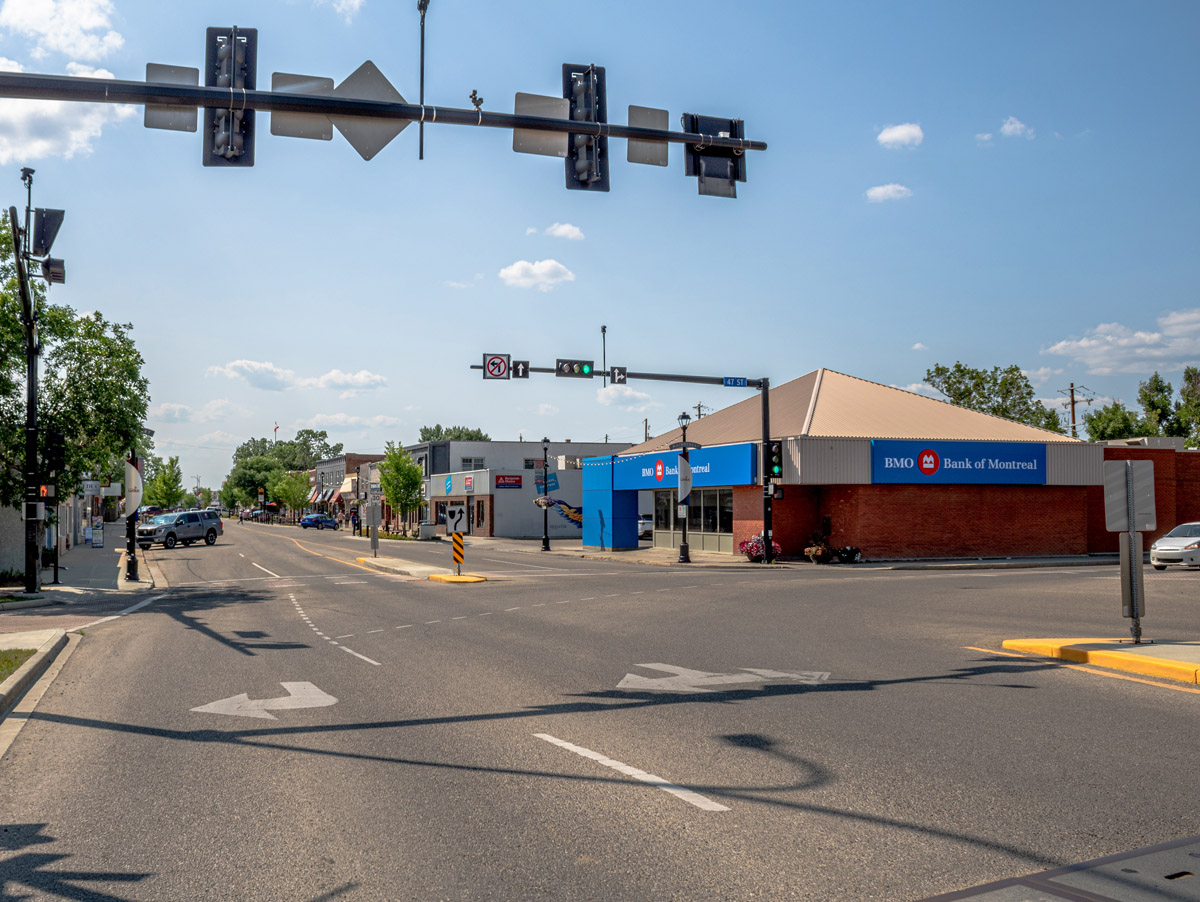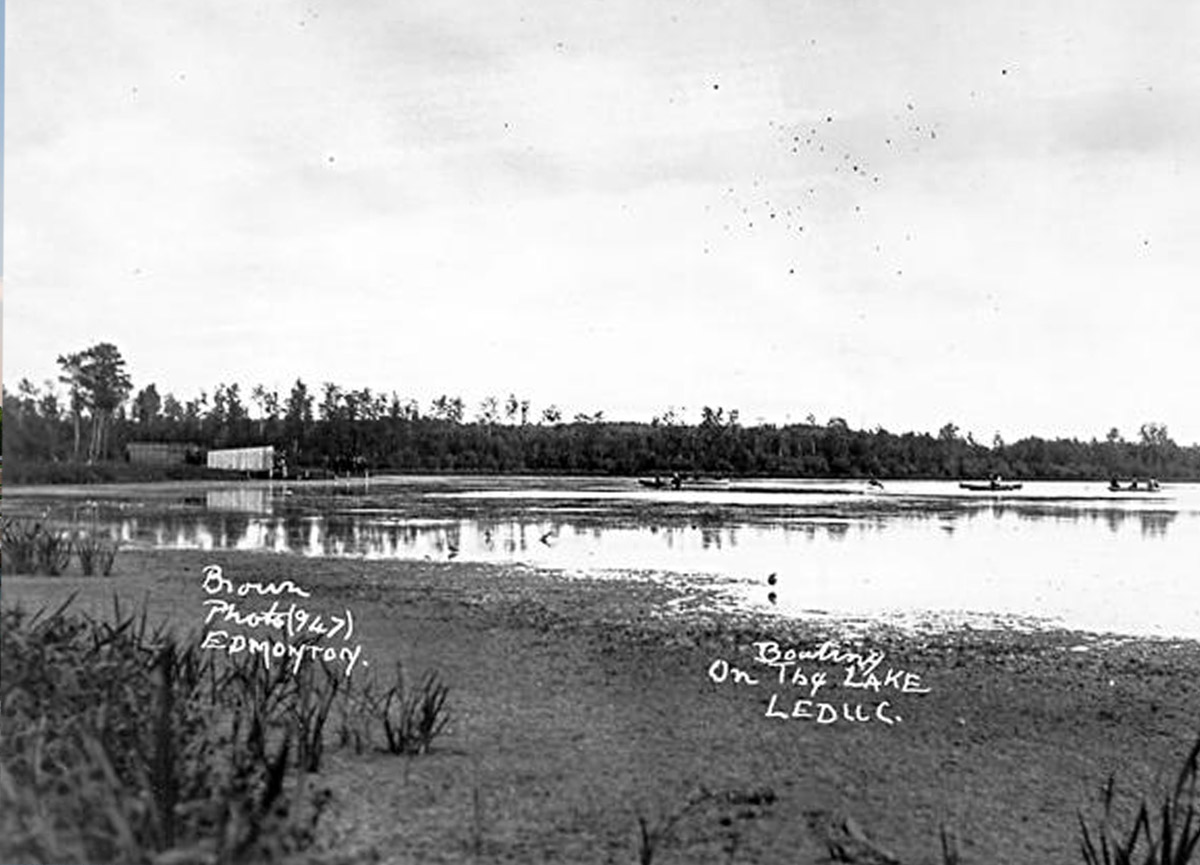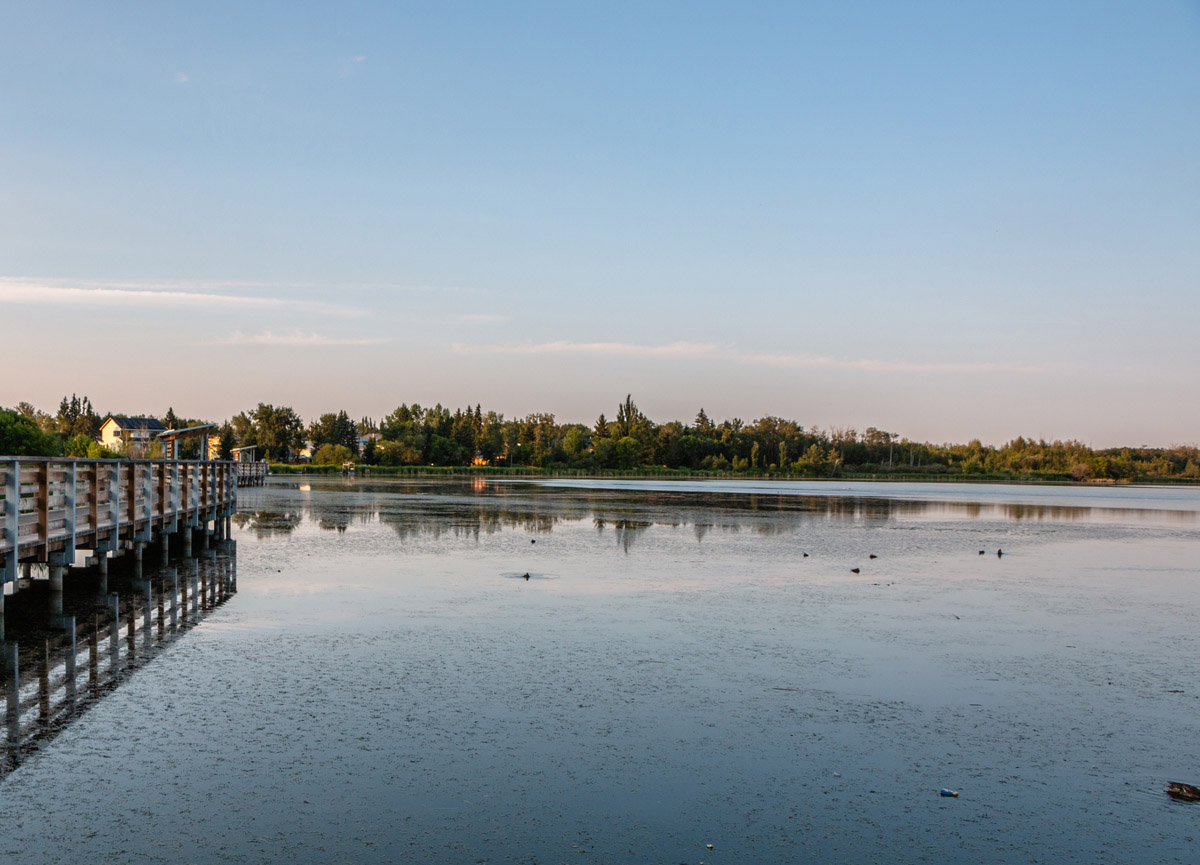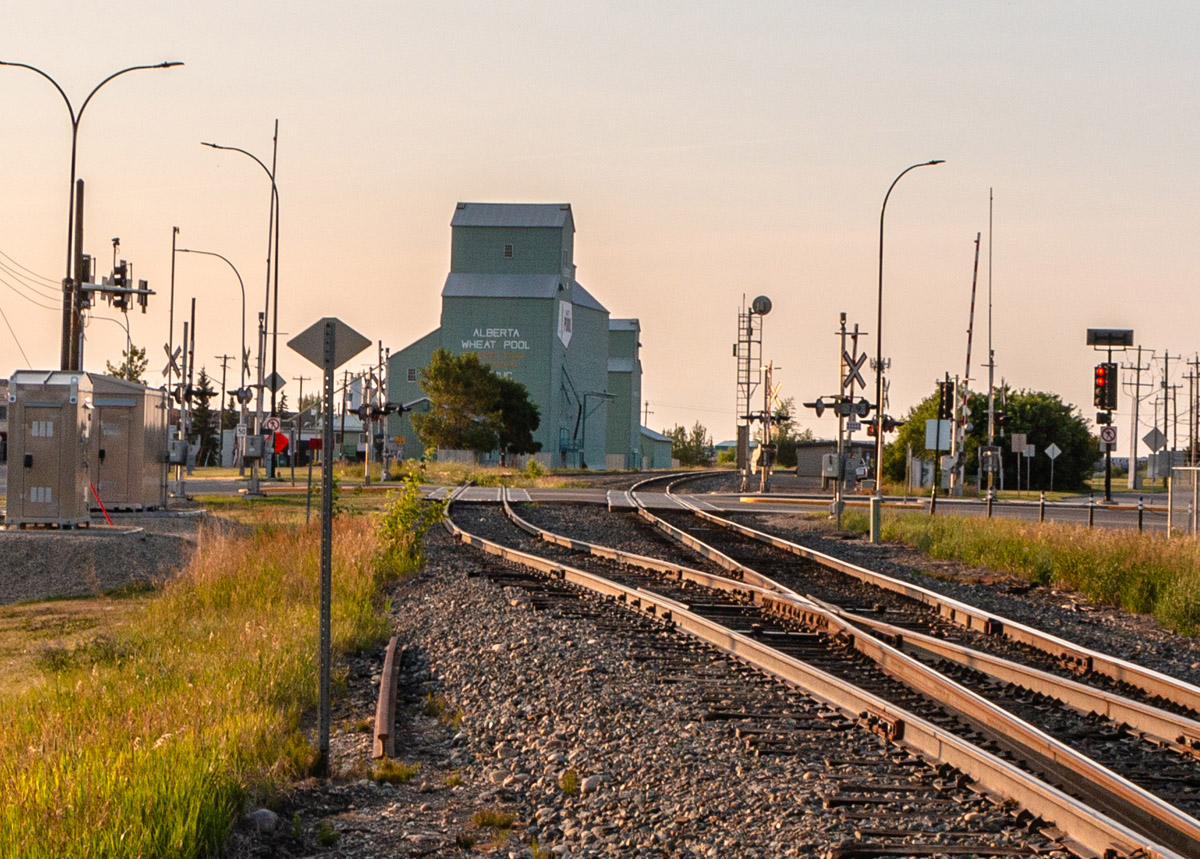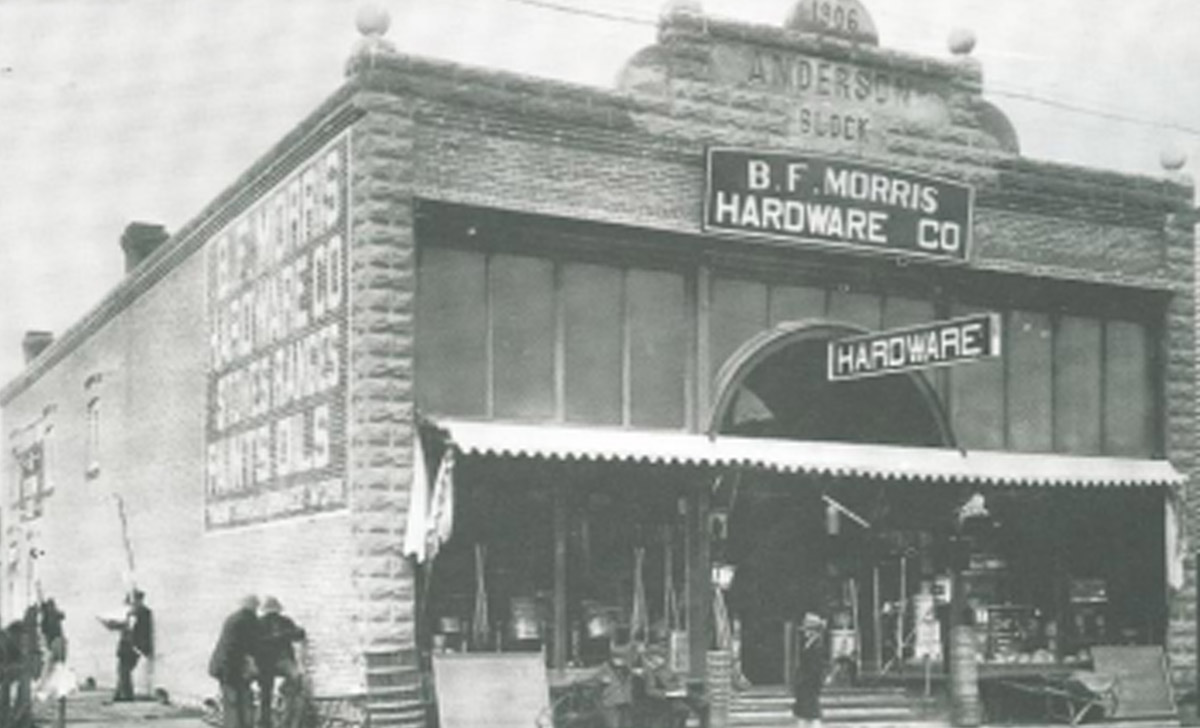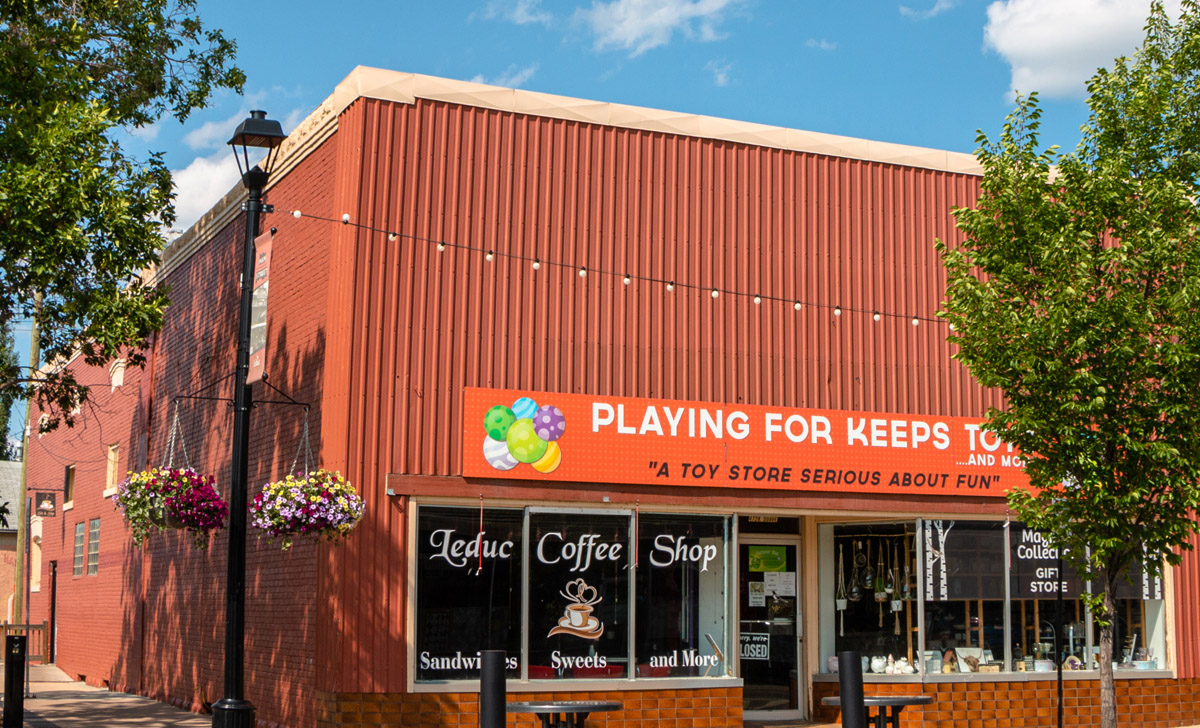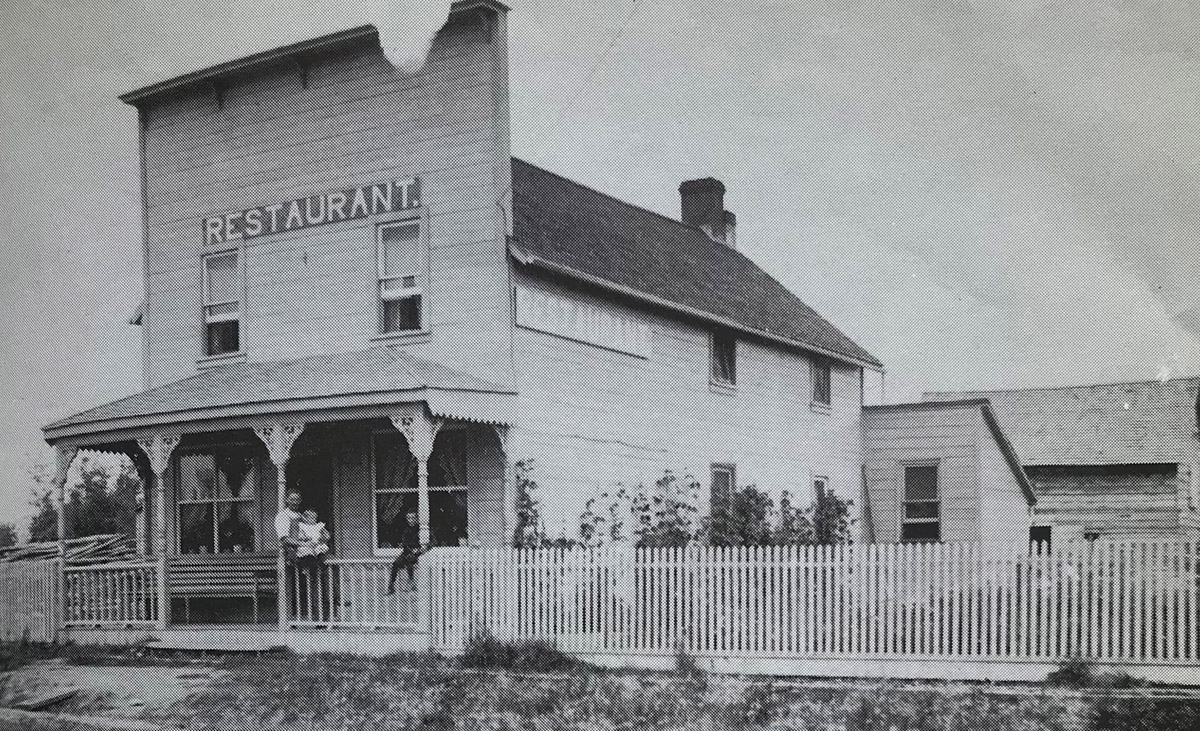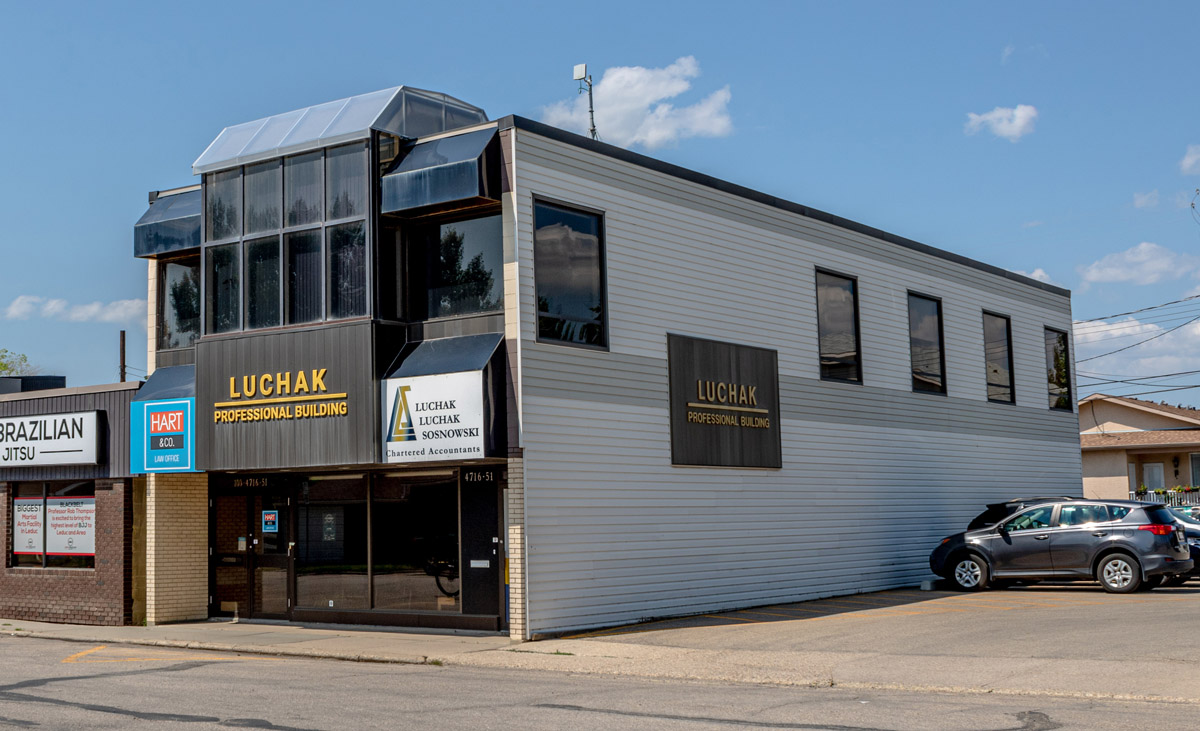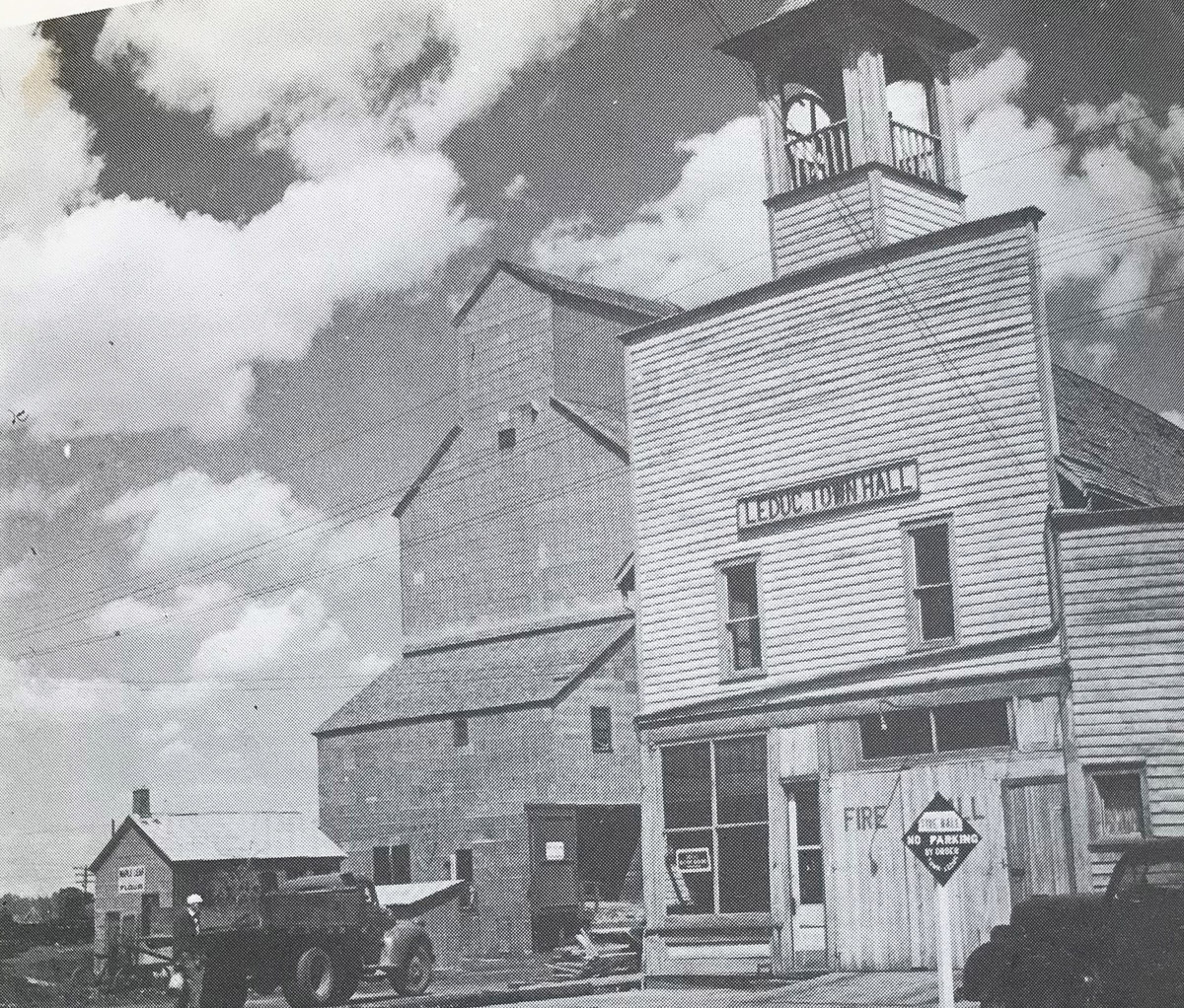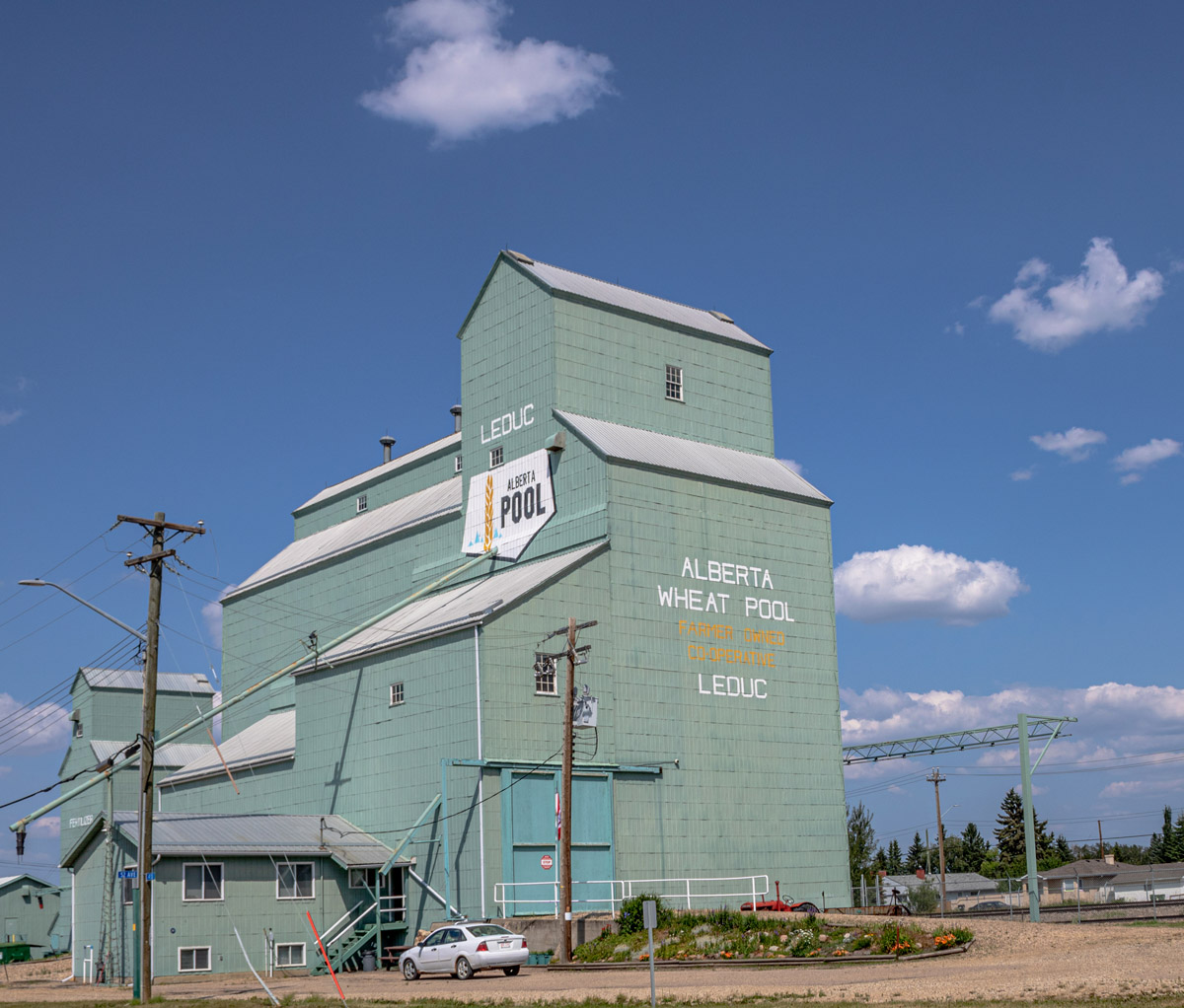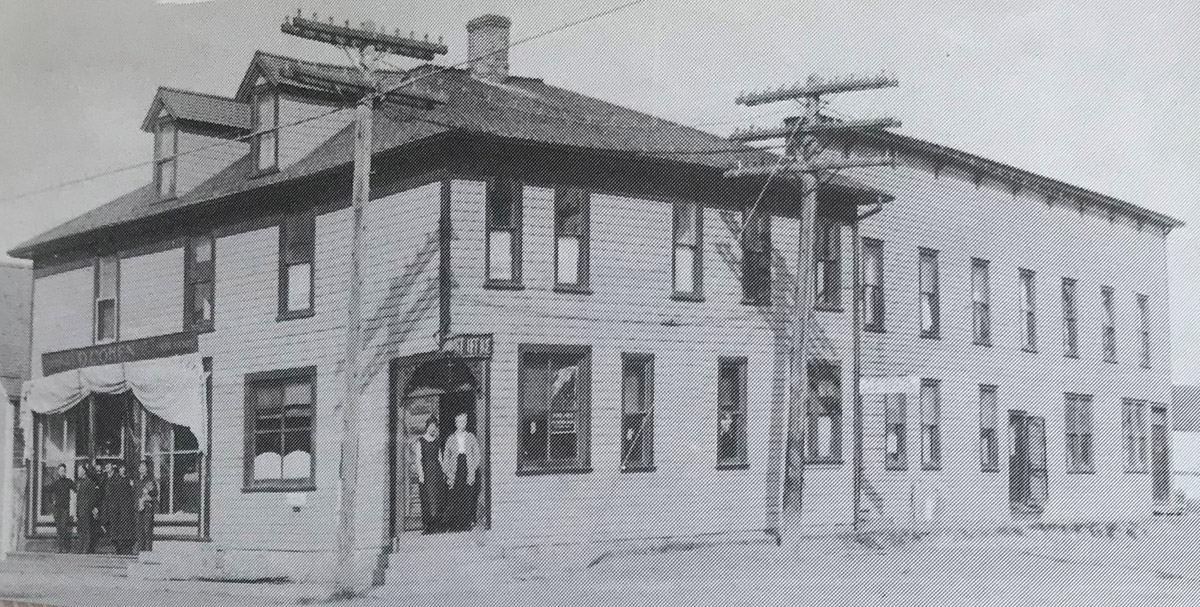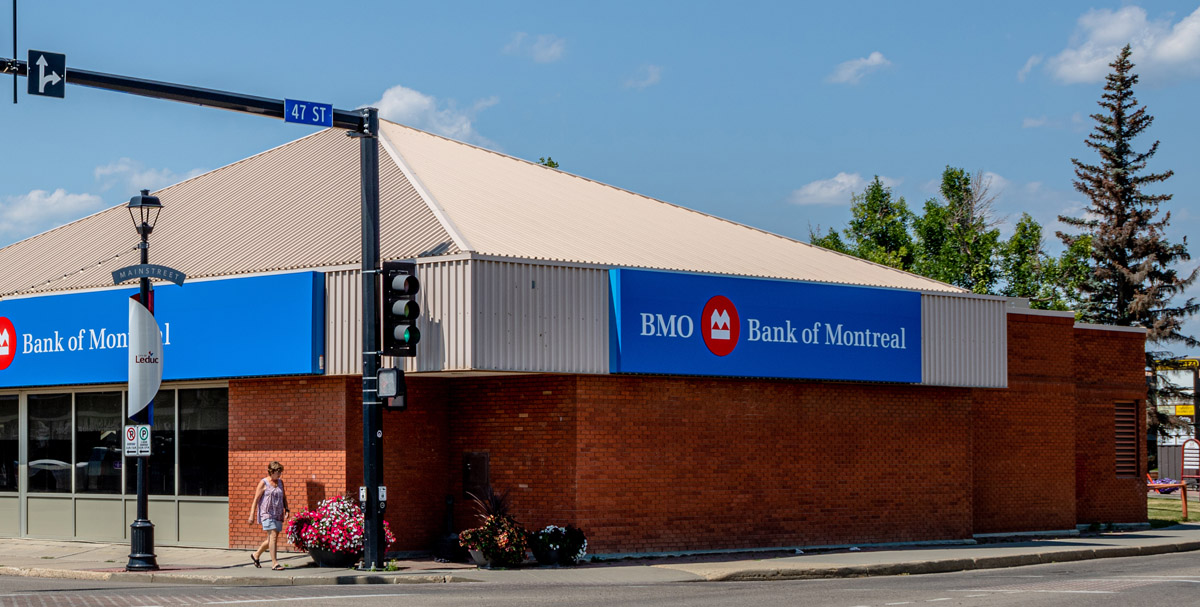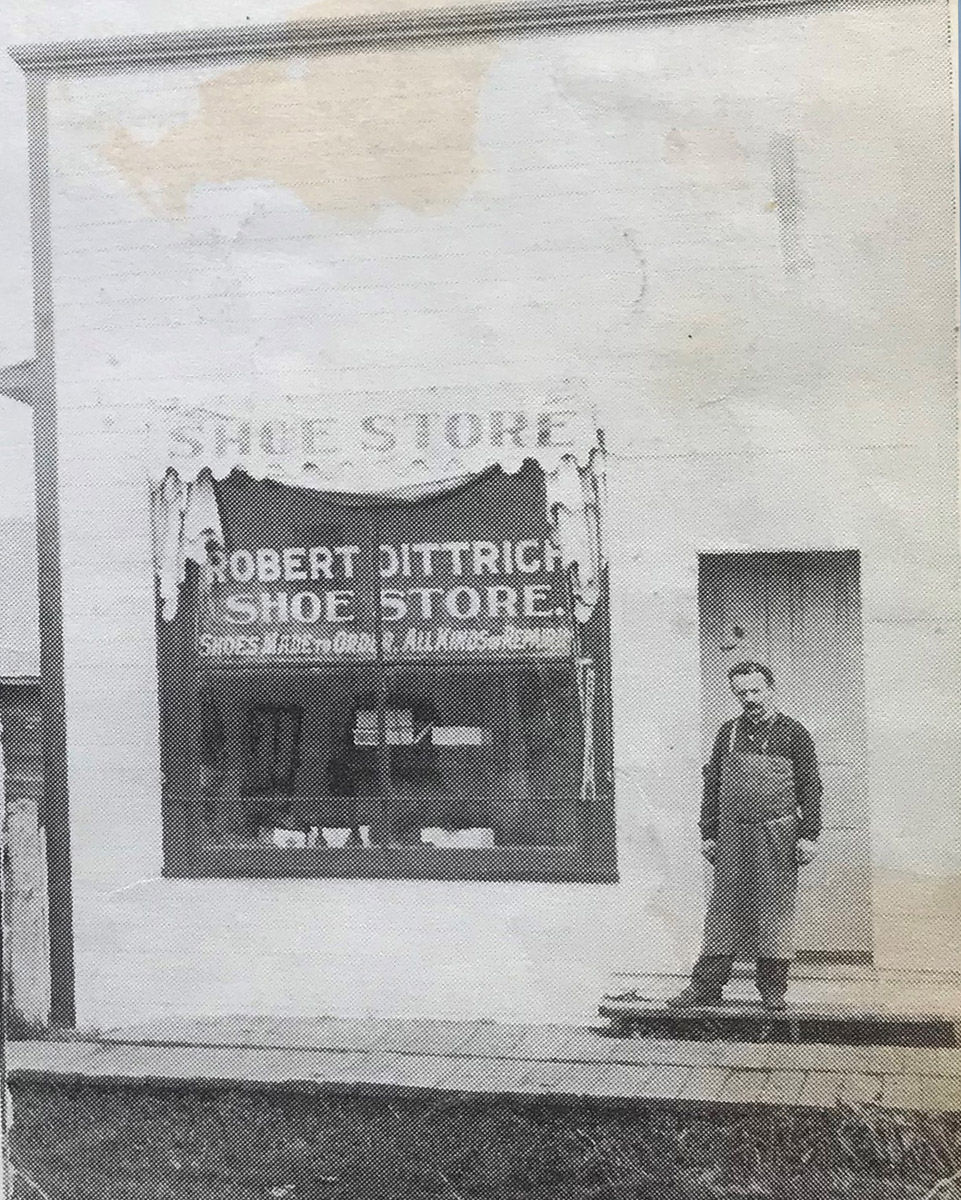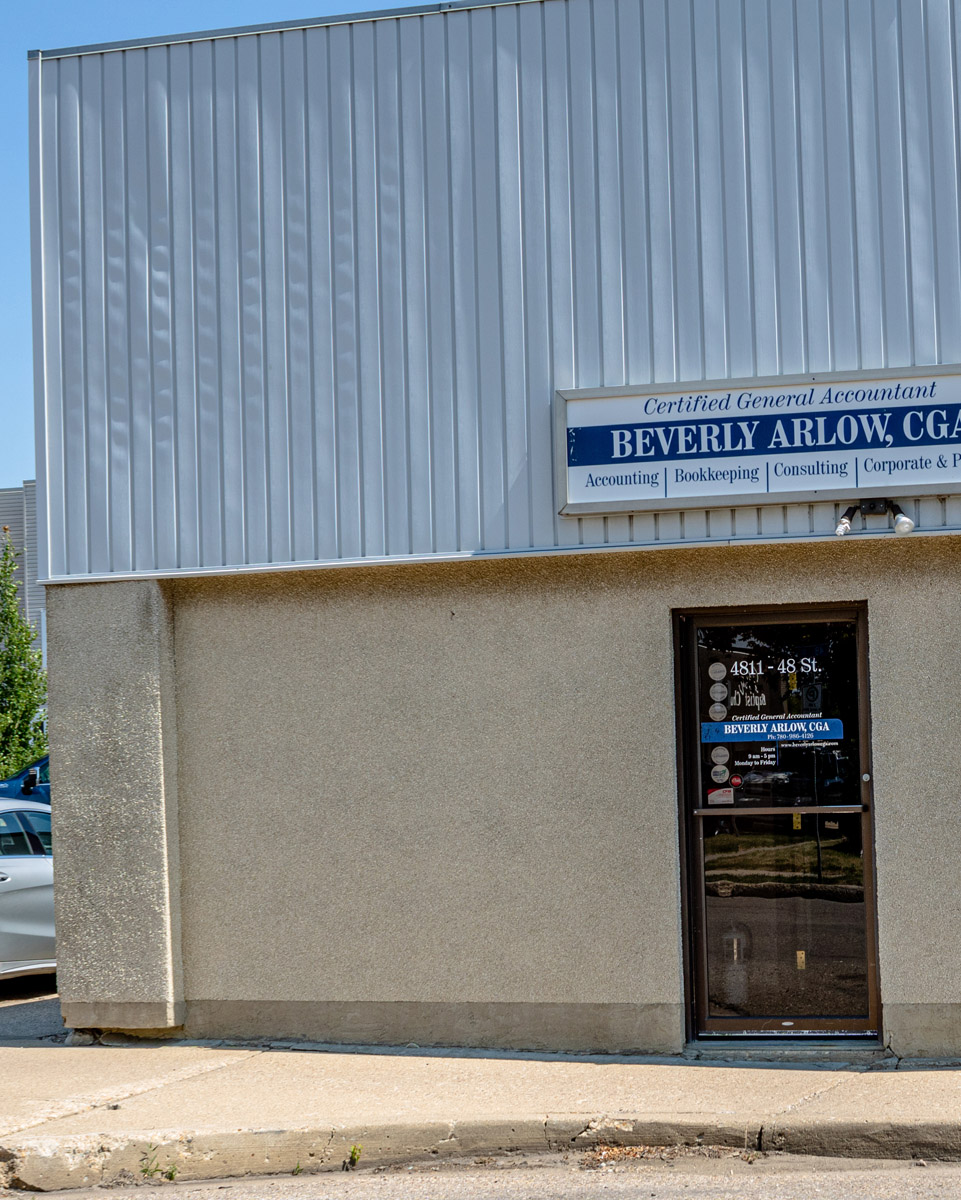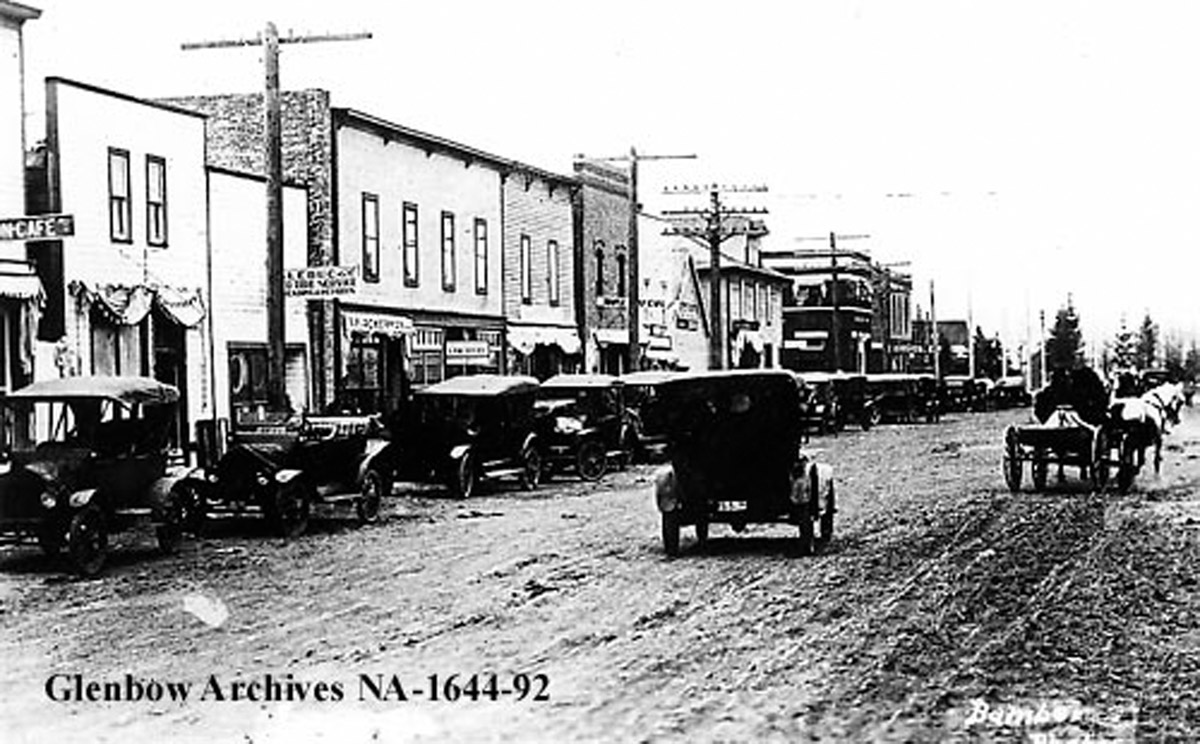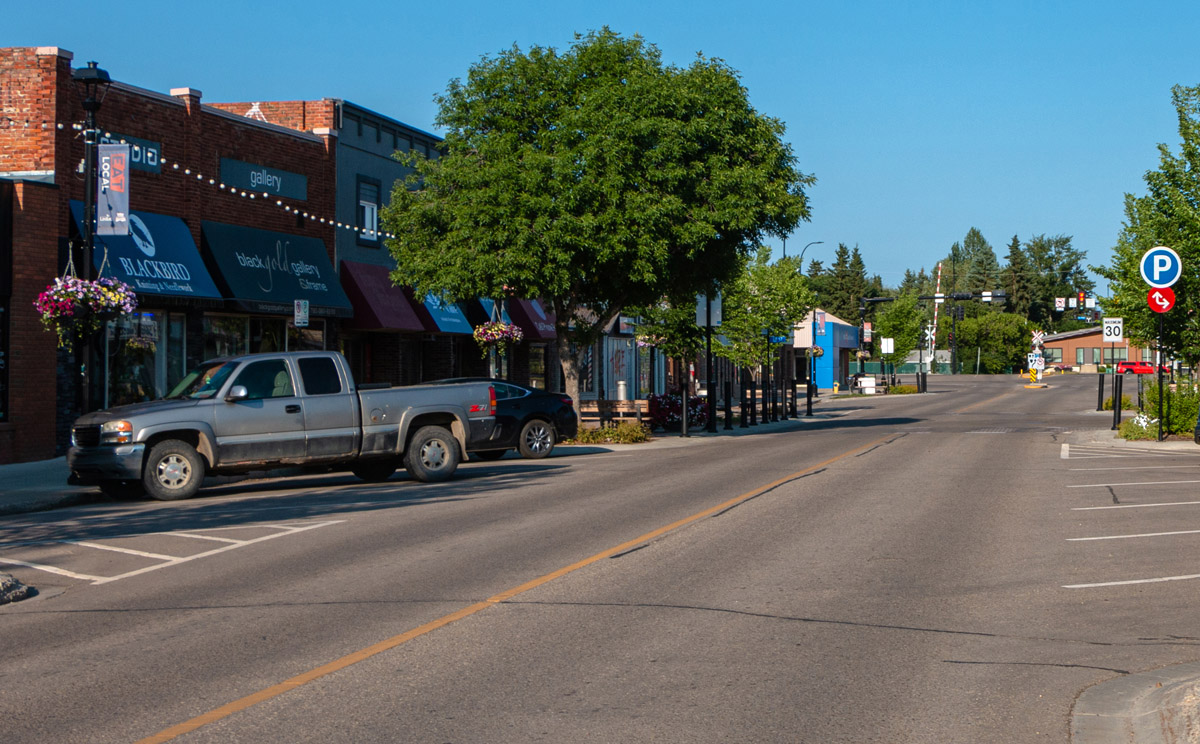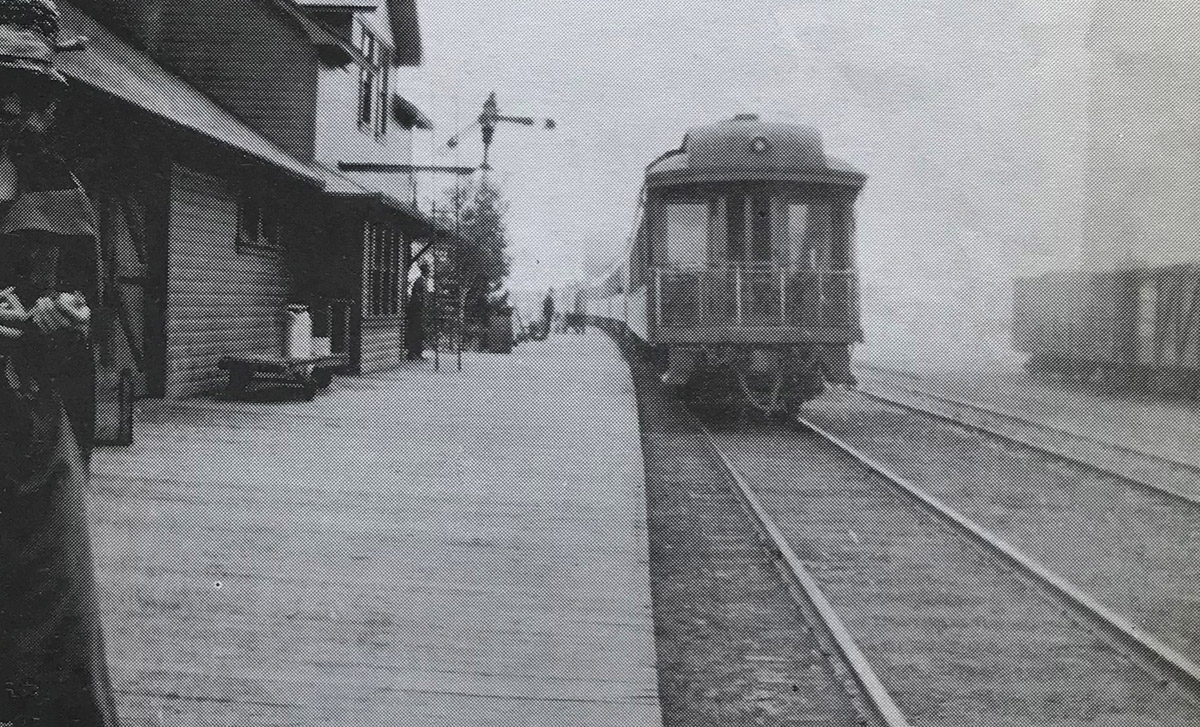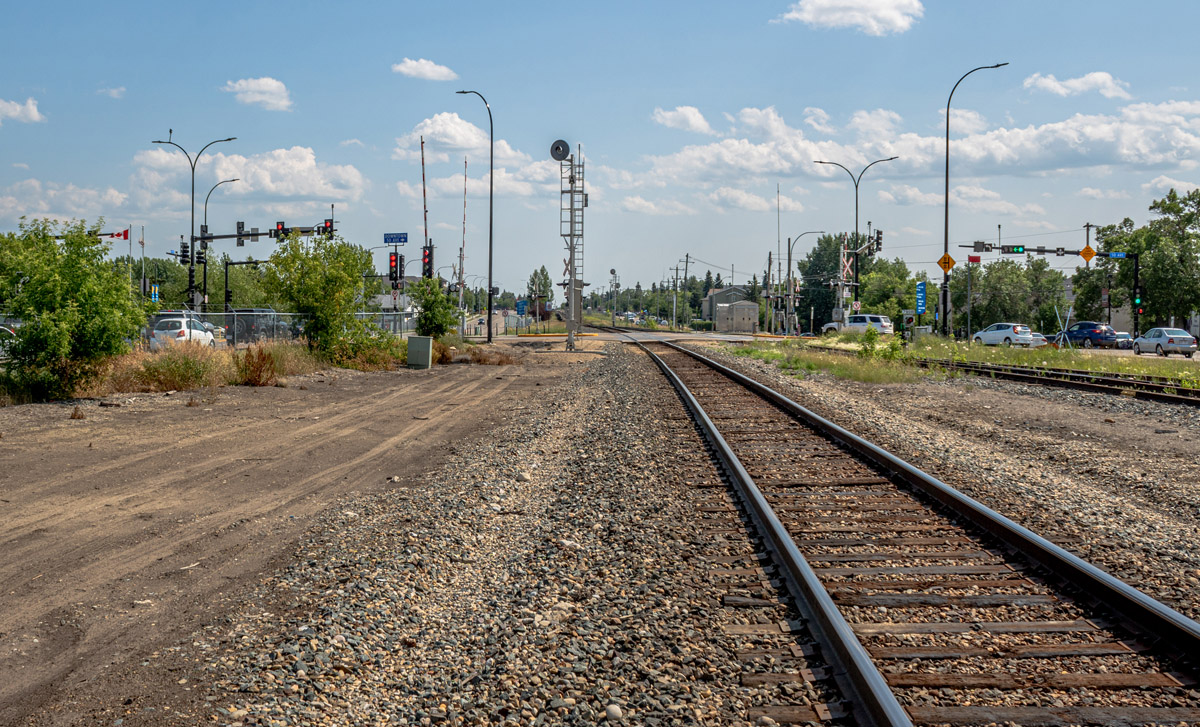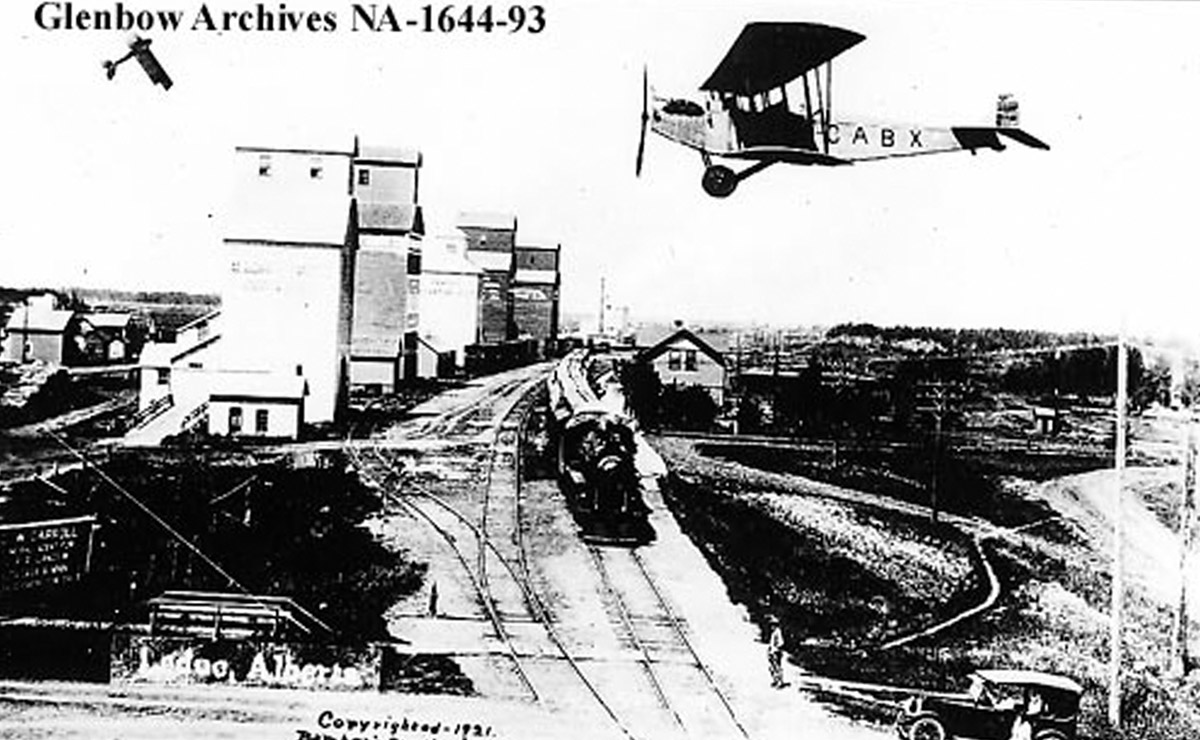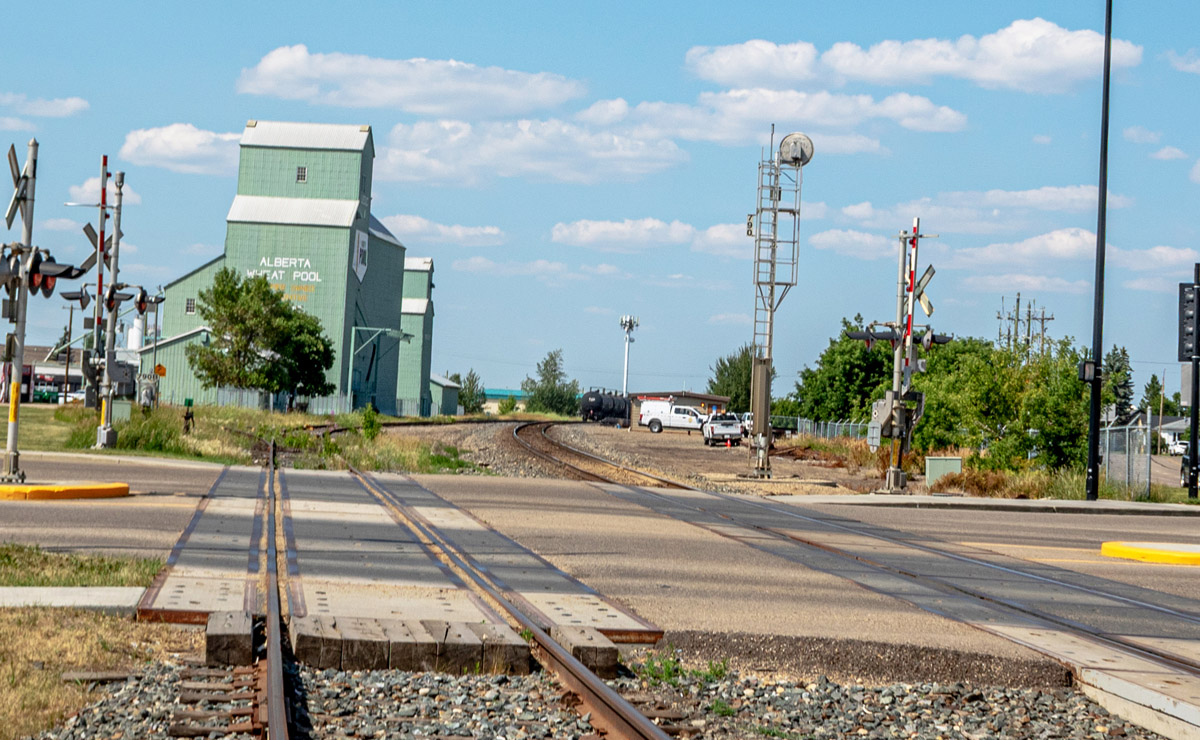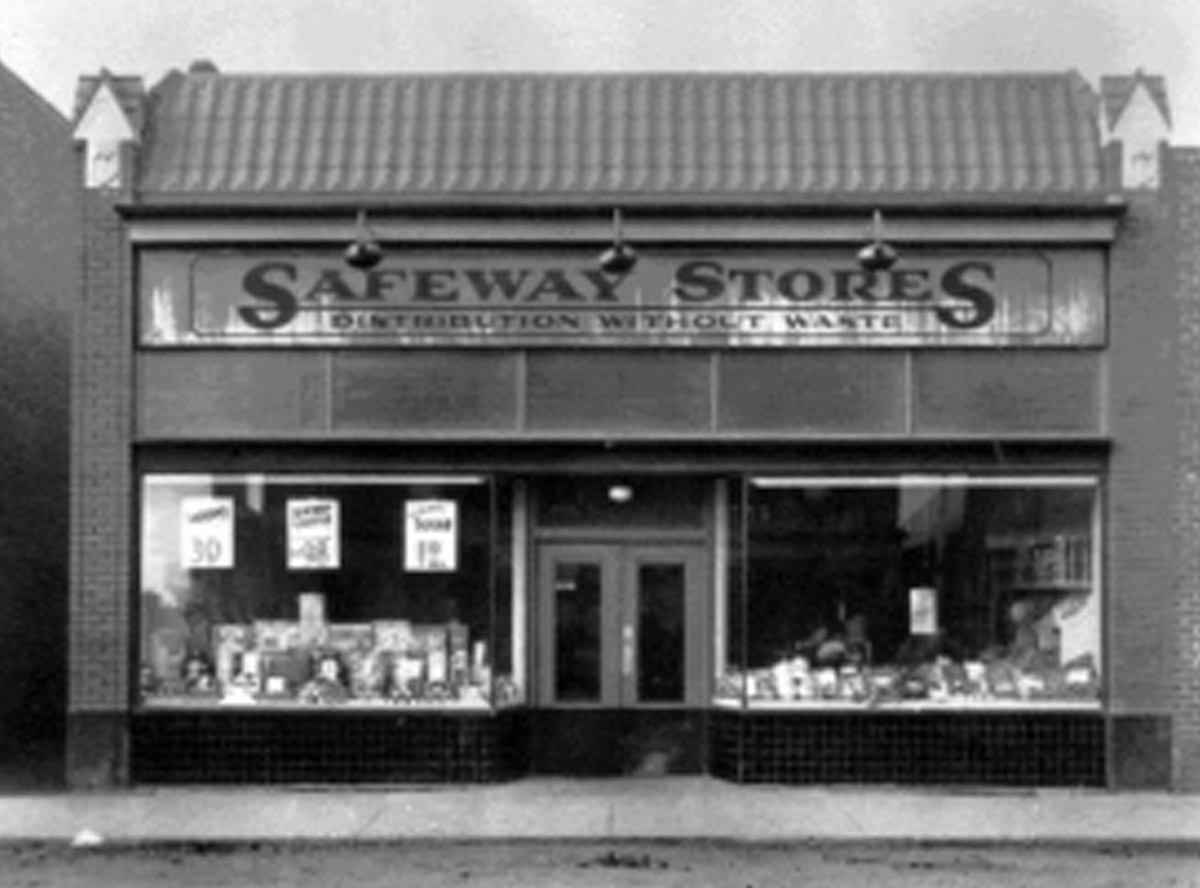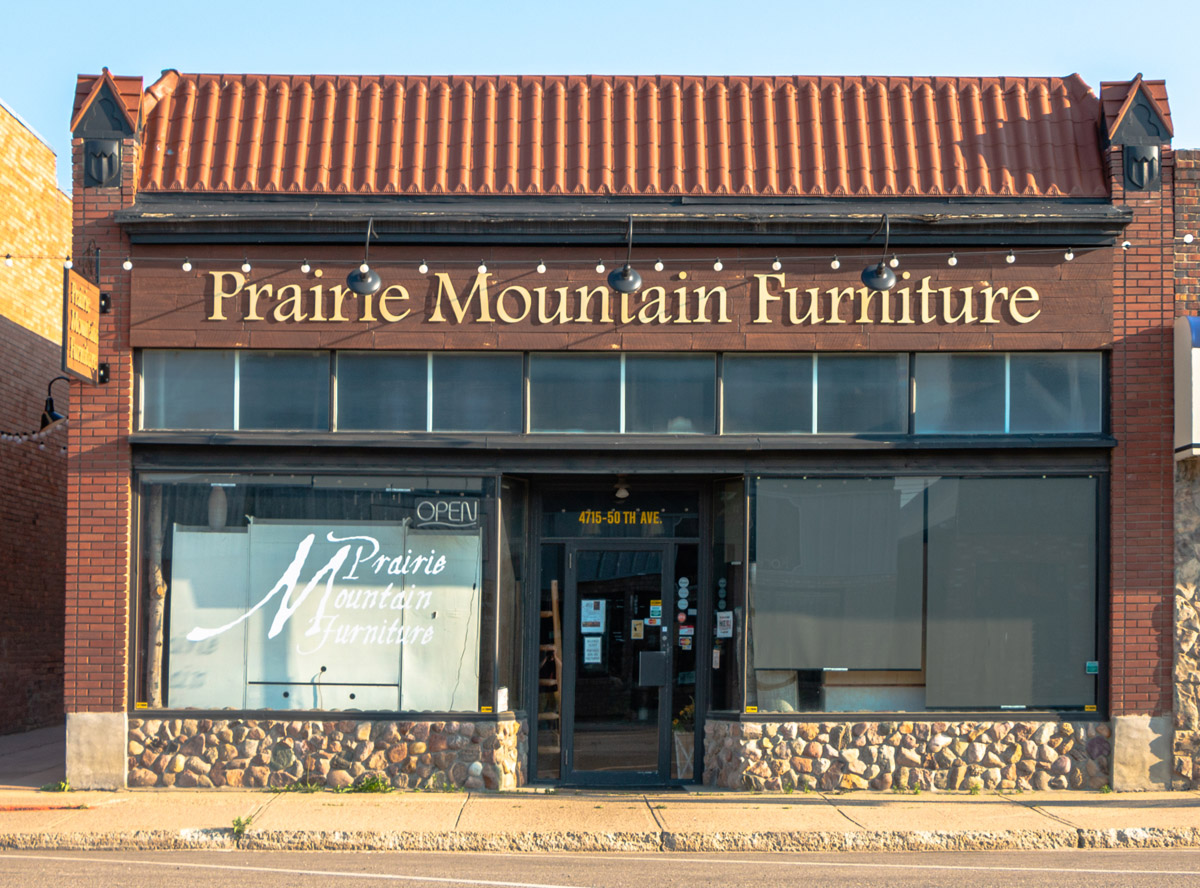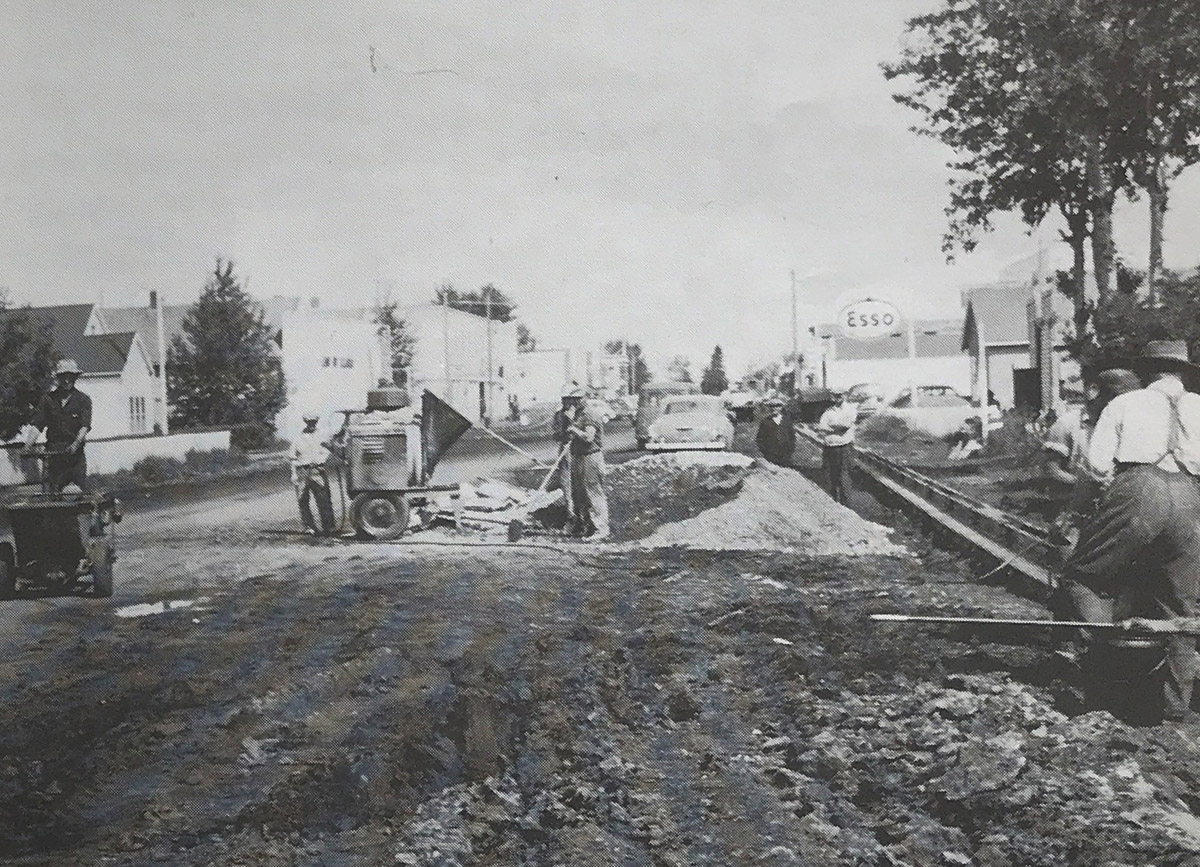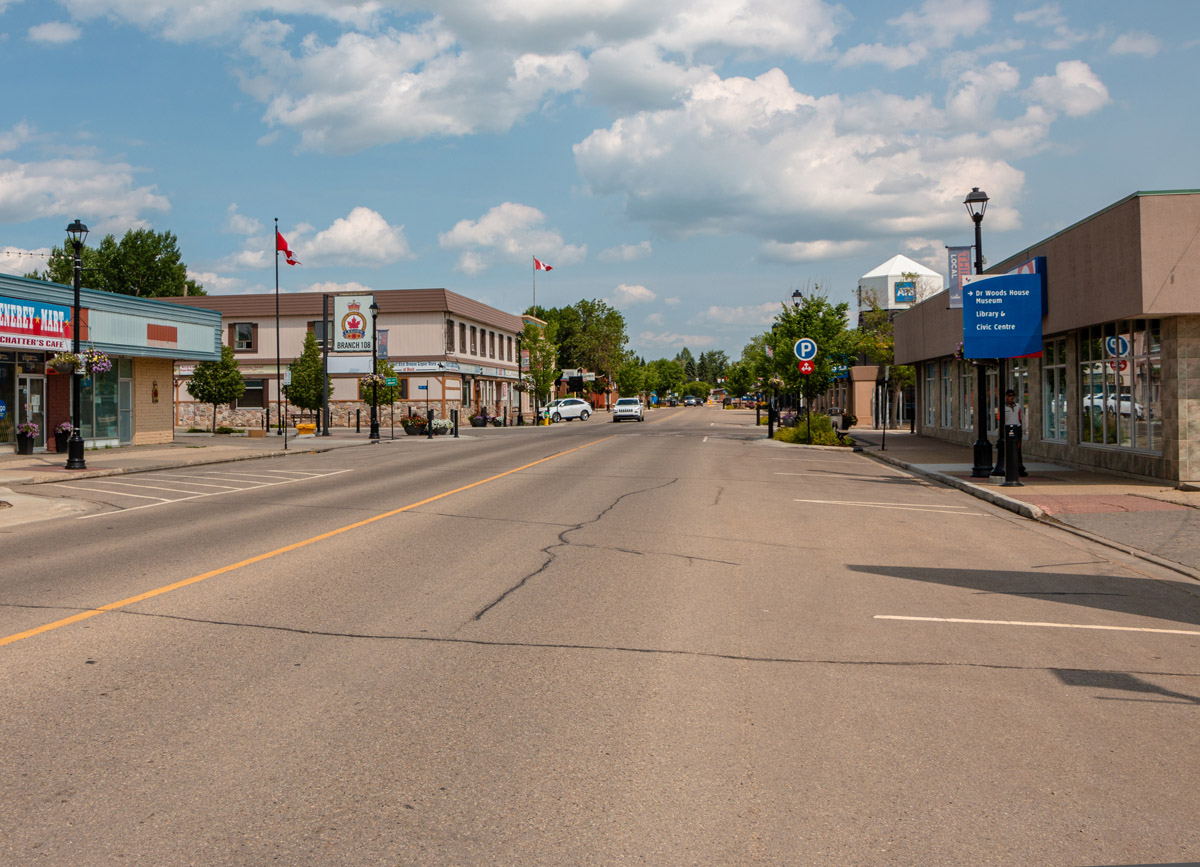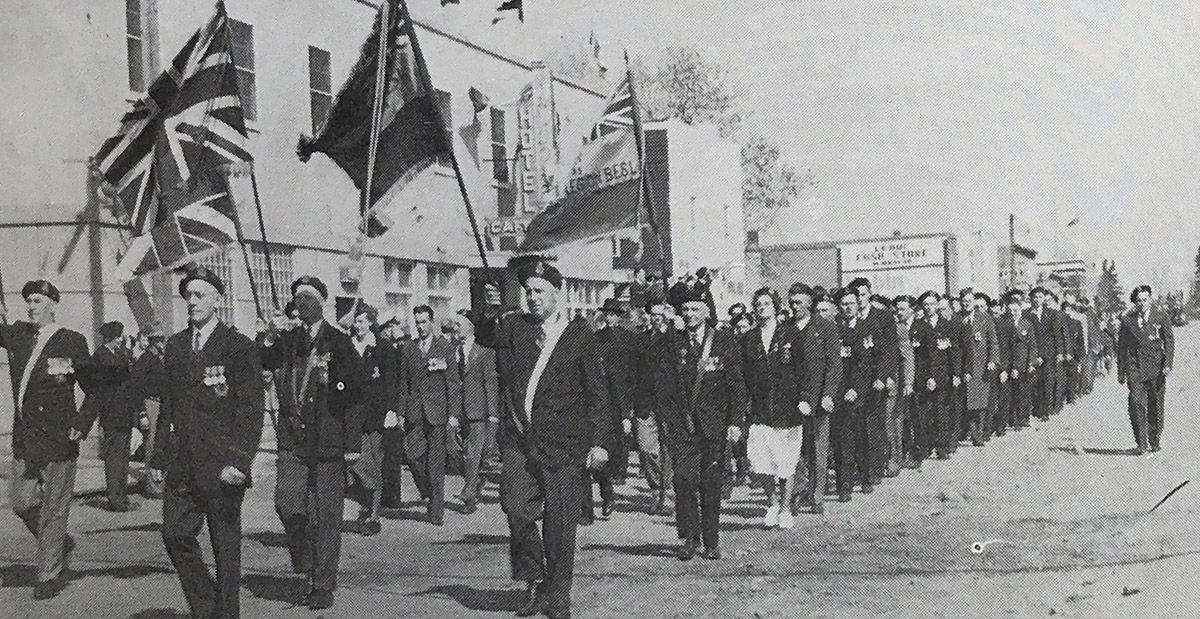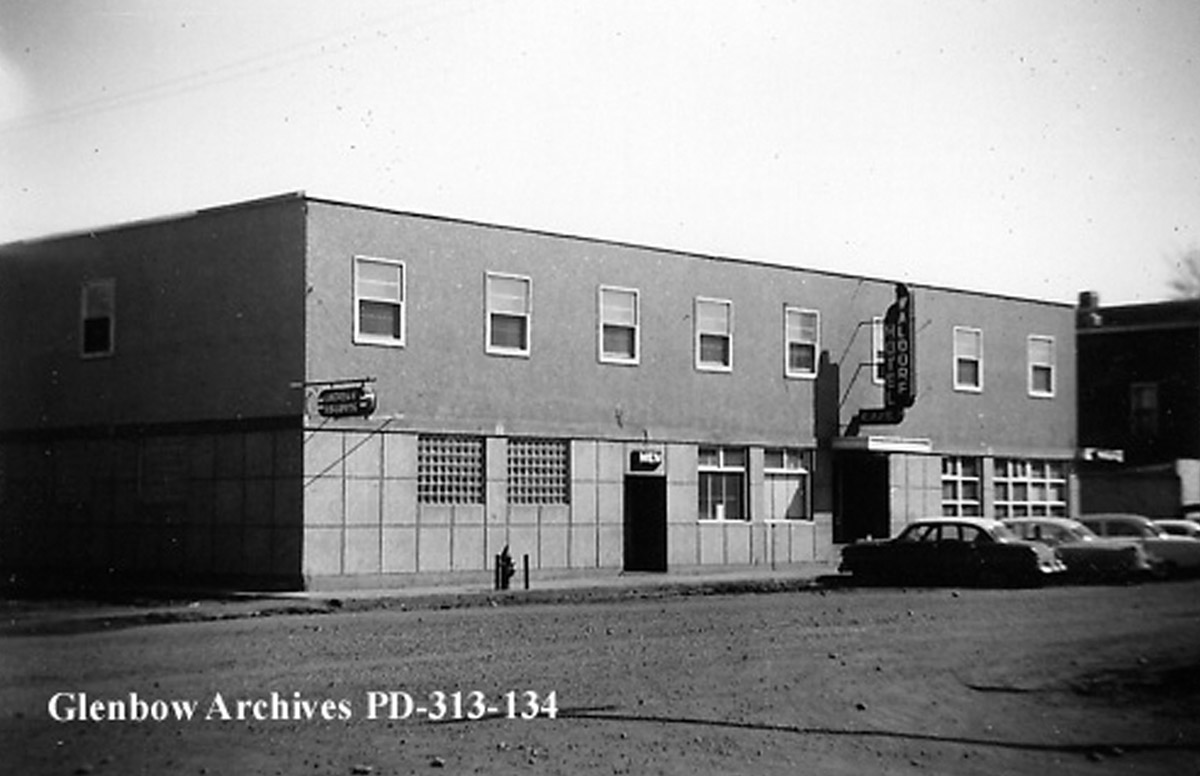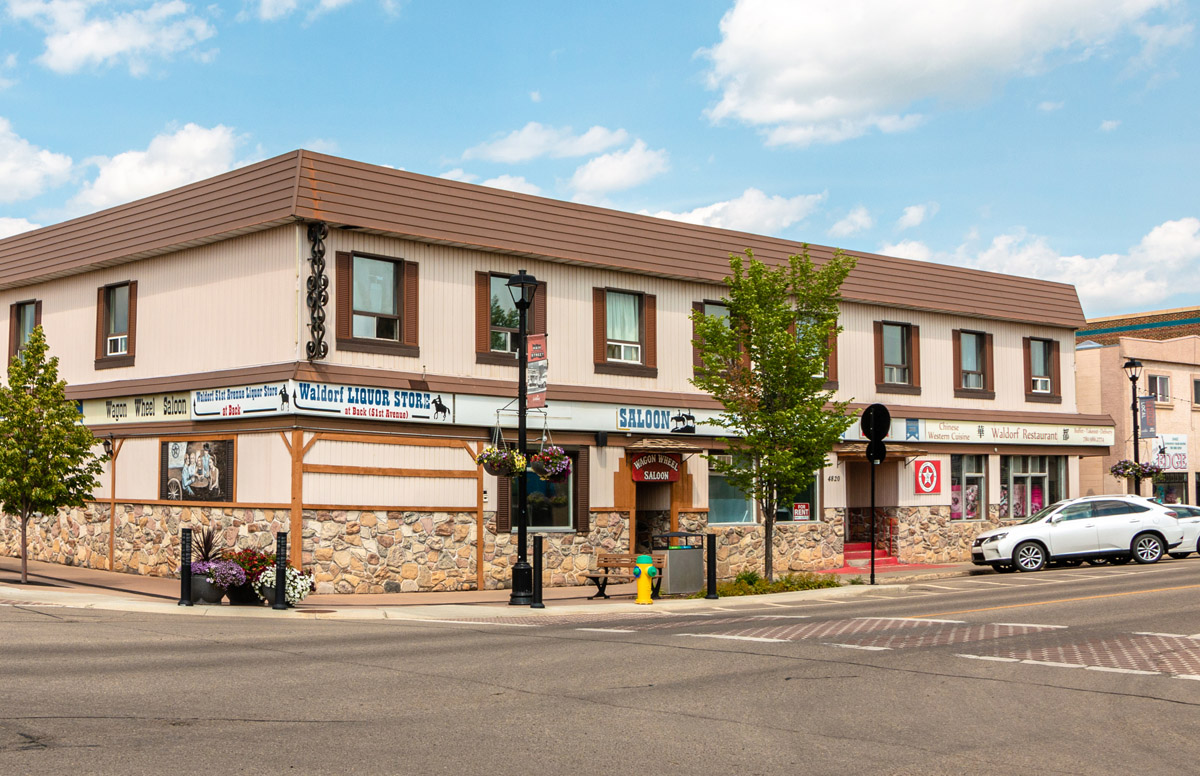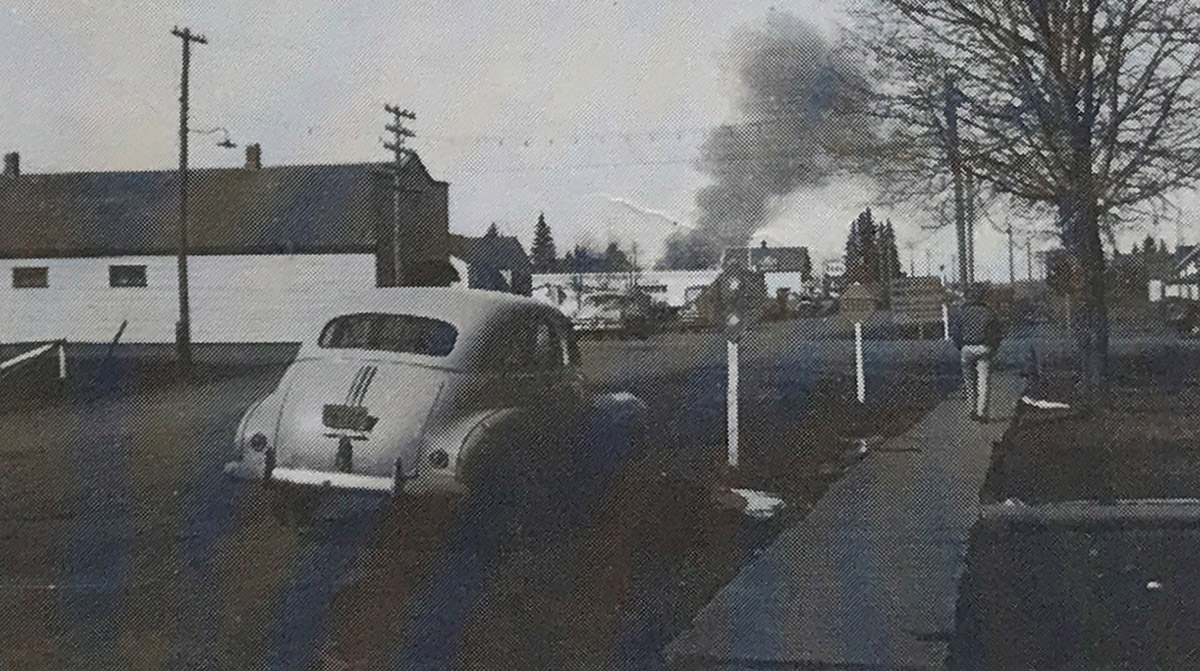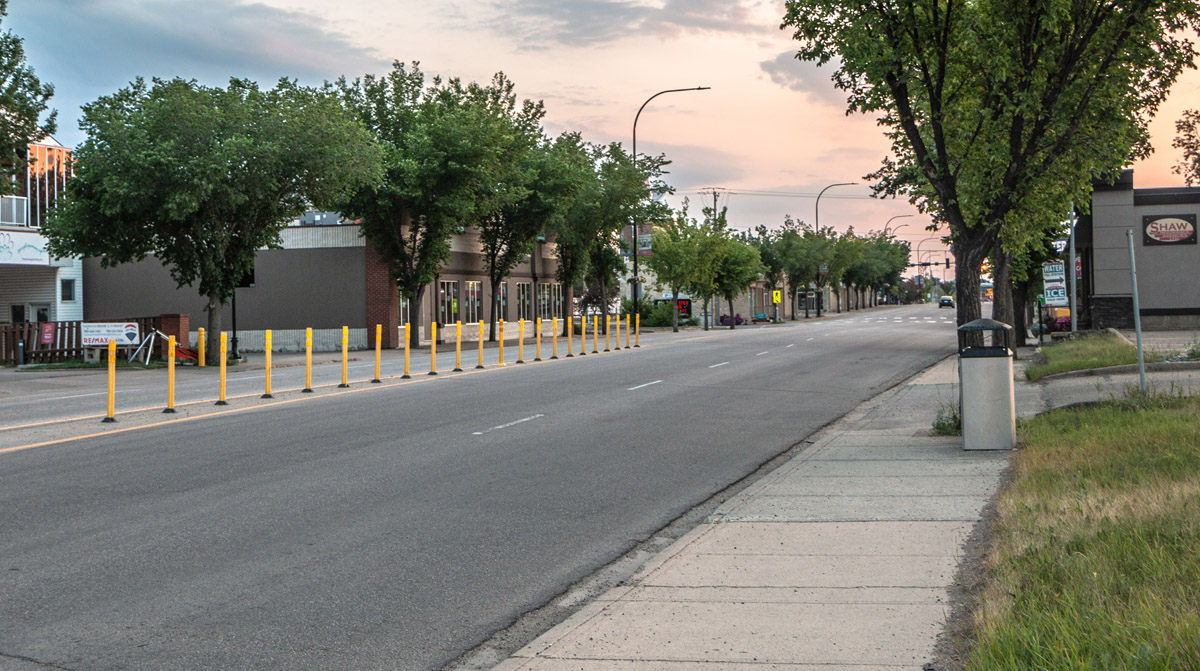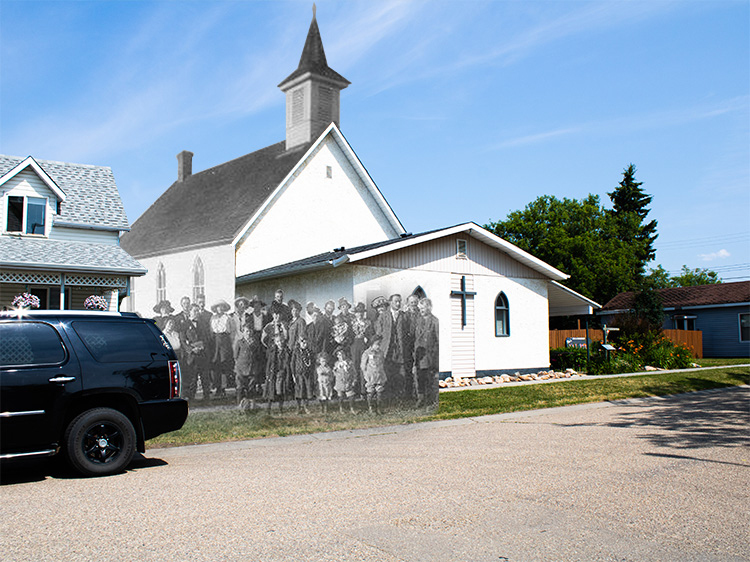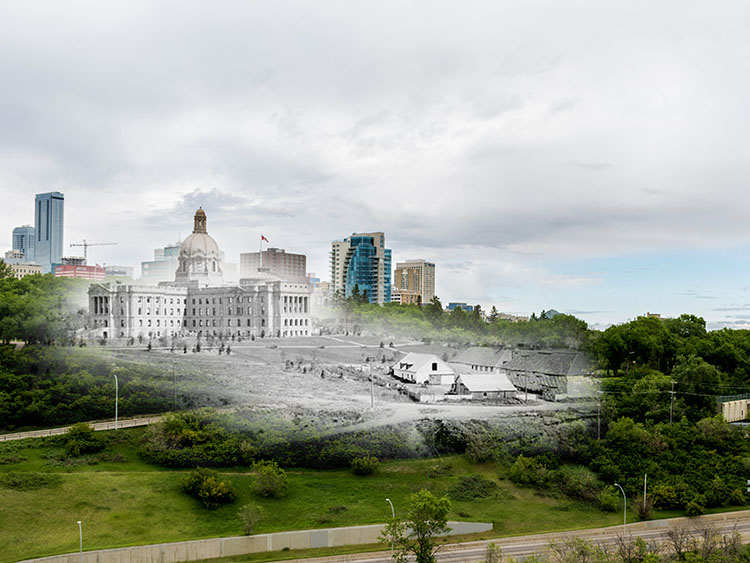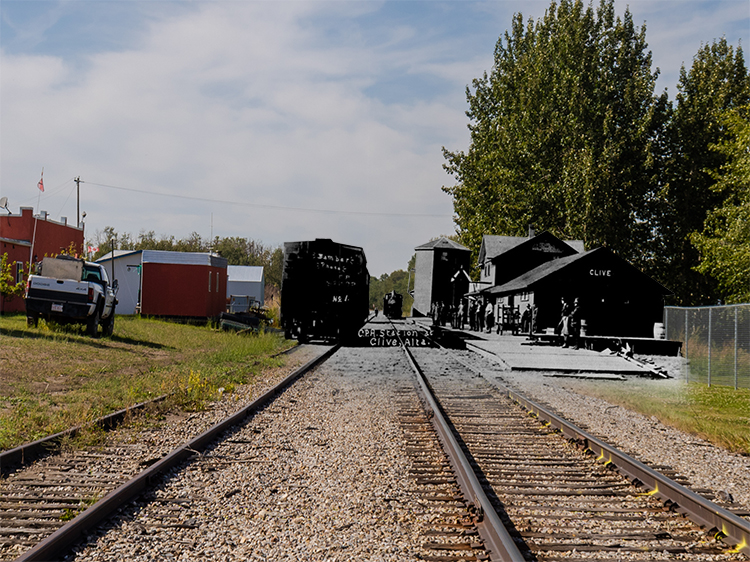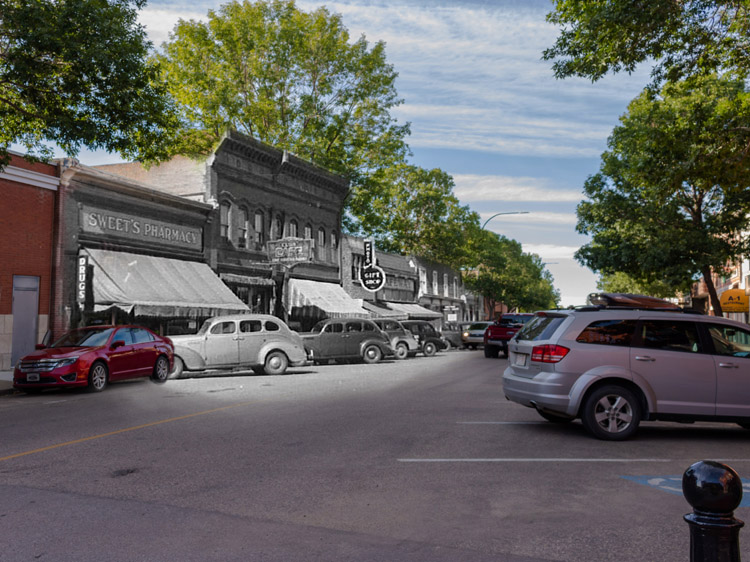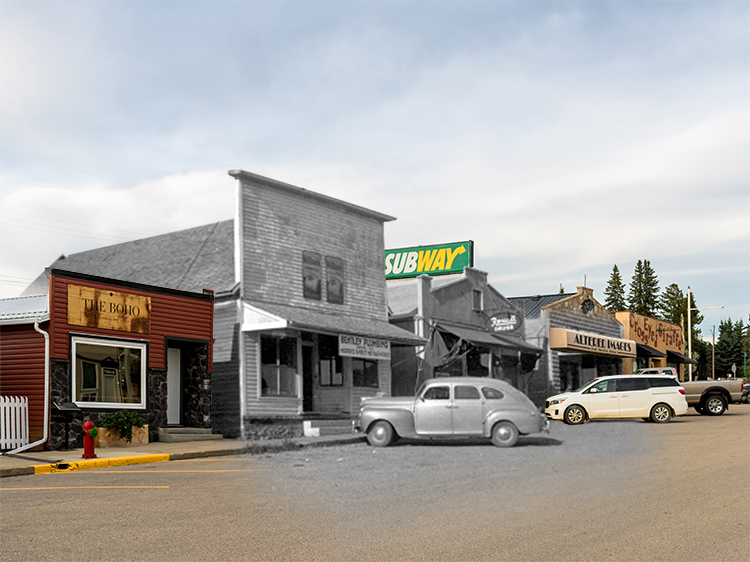Partner City
Leduc
At Alberta's Crossroads
Since time immemorial, the land around the modern day city of Leduc was occupied by Indigenous peoples, specifically the Blackfoot and Stoney, who followed the bison that were one of the prairie's most valuable resources. As European fur traders and settlers began to push west into modern-day Alberta, Cree and Metis peoples moved into the area as well. Today, Leduc is part of Treaty 6 territory, an agreement which was signed between the crown and the Nehiyawak (Cree), Dene Suliné (Ojibwe), Nakota Sioux (Sometimes called Assiniboine), although other nations signed later on. The settler community of Leduc began with it's first settler, Robert Telford, who established the settlement in 1899. Telford served as Leduc's as its first postmaster, first general merchant and first justice of the peace, and the fledgling community was initially known as Telford. He also helped other settlers in the area find land and get established. The name Leduc was chosen by a settler who was struggling to name the telegraph office he was establishing. Allegedly, he decided to name the station after the first person to come through the door. That person happened to be Father Hippolyte Leduc, a priest who had been in the area since 1867. Later, in 1891, when Edgar Dewdney, the Lt. Governor of the North-West Territories was looking for a name to call the village, Leduc was chosen, since the telegraph station already bore the name. Leduc remained a sleepy agricultural town until 1947 when oil was discovered and the No. 1 oil well was drilled. The oil industry in Alberta spurned Leduc's development as the region began to boom. This discovery swiftly changed the course of Alberta's economy as oil and gas came to dominate the province's industry.
This project was completed in partnership with the City of Leduc.
The city of Leduc is situated on the traditional territories of the peoples of Treaty 6, which includes 16 Alberta First Nations. The land is also the homeland of the Métis Nation of Alberta.
Tours
Leduc's Downtown
Growth of a Prairie Town
Farms, and Hay, and Dairy Oh My!
Agriculture and Farming in Leduc
Playing on the Prairies
Leduc's History of Recreation
Explore
Leduc
Then and Now Photos
Early Main Street
City of Leduc Photo Collection
1899
This early view of Main Street shows several wooden buildings with one under construction on the left side. A wagon is visible in the foreground.
The Postmistress
City of Leduc Photo Collection
ca. 1900s
The Postmistress and her assistant stand on the board walk in front of Leduc's post office. The man in the buggy is Mr Howard.
The Hotel Disaster
City of Leduc Photo Collection
1907
The brick building on the right was once the Sutherland Block, before being converted into the Leduc Hotel. This hotel has been called the site of Leduc's worst disaster when an explosion in 1950 killed 10 people and hospitalized several others. The authorities believed the explosion was caused by a gas leak in the basement. Luckily, the explosion occurred only minutes before the hotel beverage room opened so there were only a few people at the establishment when disaster struck.
Telford Lake
City of Leduc Photo Collection
ca. 1900s
A few boaters take advantage of the still day and go for a paddle on Telford Lake.
Pulling out of the Station
City of Leduc Photo Collection
ca. 1900s
This photo shows a train leaving the Leduc train depot passing by the grain elevators. Several people wait on either side of the tracks waiting for the train to pass.
The Anderson Block
City of Leduc Photo Collection
ca. 1910s
A.M. Anderson built this building in 1906 to house his hardware store. The sandstone facade is built in a Romanesque style with a large glass storefront. The building continued as different hardware stores over the years. Since its construction, many of the stunning architectural aspects of the building have been removed or changed. The stone crown and cornice were removed, the glass storefront was replaced and the stone façade has been covered with painted metal panels.
Immigration Hall
City of Leduc Photo Collection
ca. 1910s
This building was built in 1903, and was originally used as an immigration hall. Later the building was converted into a restaurant, bakery and rooming house.
Multipurpose Building
City of Leduc Photo Collection
ca. 1910s
The Leduc town hall, which also housed the fire station. It was originally located on Main Street, but the building moved to Railway Ave in 1910, just north of Bank of Montreal.
People at the Leland
City of Leduc Photo Collection
ca. 1910s
Men and women stand outside the Leland Hotel.
Shoe Store
City of Leduc Photo Collection
ca. 1910s
This photo shows the Robert Dittrich shoe store on what is now 48th street.
Postcard Main
1920
A postcard view of Main Street in 1920. Wagons and cars share the road in this photo.
New Train Station
City of Leduc Photo Collection
ca. 1915 - 1930
A passenger train at the new station, after the old one burned down.
Roads and Trains and Planes, Oh my!
ca. 1921
This unique photo was snapped at just the perfect moment to capture three major forms of transportation in motion at the same time. Two planes fly over train tracks as a train chugs past the grain elevators, while a car waits at the tracks for its chance to cross.
Safeway
City of Leduc Photo Collection
1930
A view of the storefront display at the Safeway Grocery store.
Construction
City of Leduc Photo Collection
ca. 1940s - 1950s
Workers perform construction on Main Street.
Legion Parade
City of Leduc Photo Collection
ca. 1950s
Men and women march in a Legion parade on Main Street celebrating the opening of the new Legion building. In this photo they are passing the Waldorf Hotel.
The New Waldorf Hotel
ca. 1950s
This photo captures the new building for the Waldorf Hotel. It was rebuilt after a fire completely gutted the previous building.
Rising Smoke
City of Leduc Photo Collection
ca. 1950s
This photo looks west down 50th Avenue towards a dark cloud of smoke rising from an oil field. When drillers struck oil at Leduc No. 1 in 1947, it changed the face of the sleepy farming community forever and the population began to boom.

